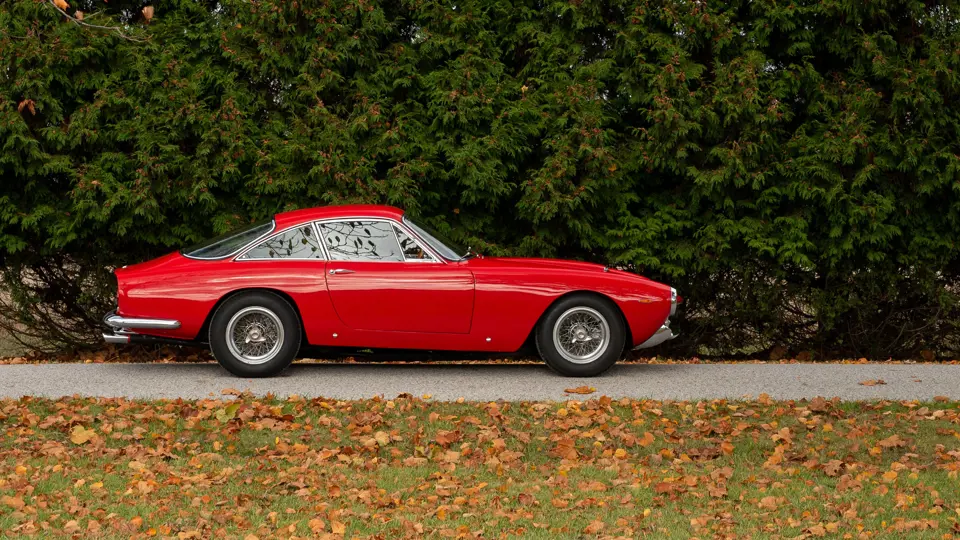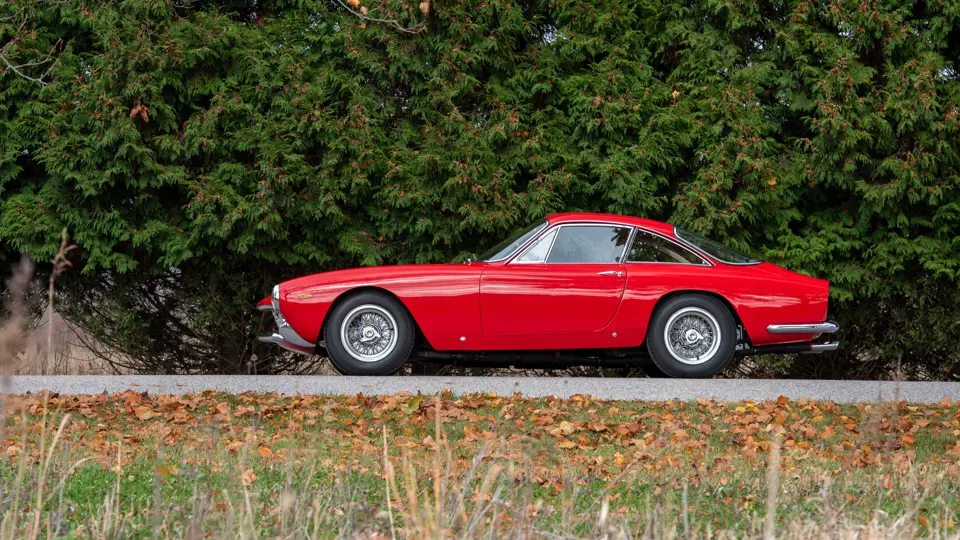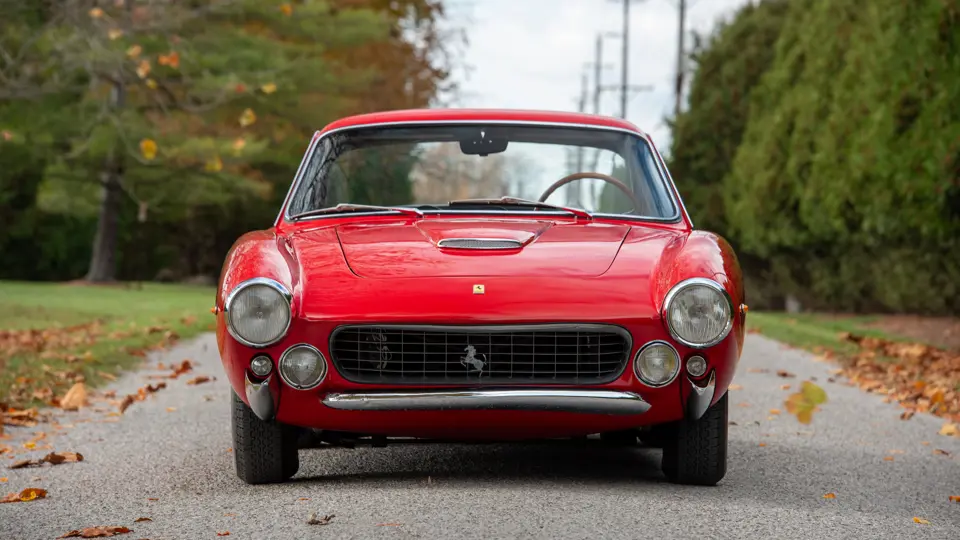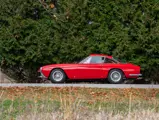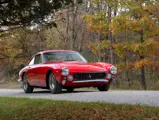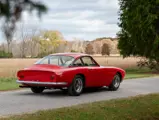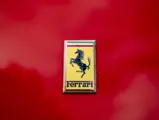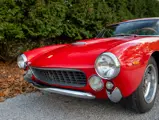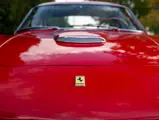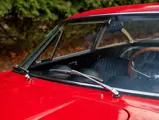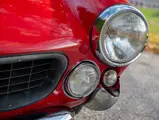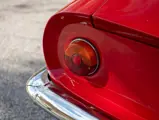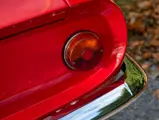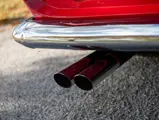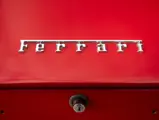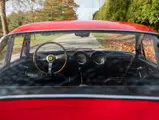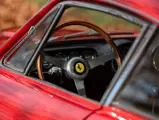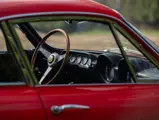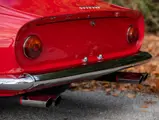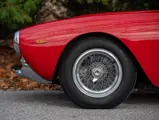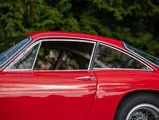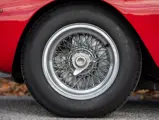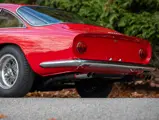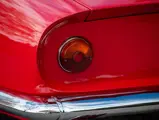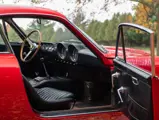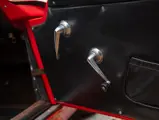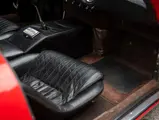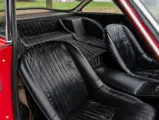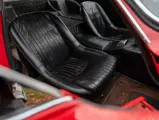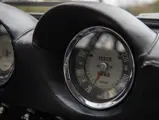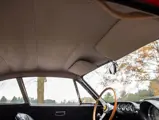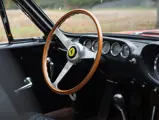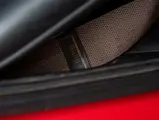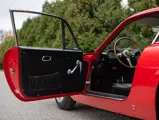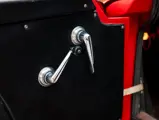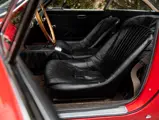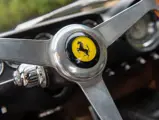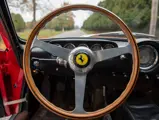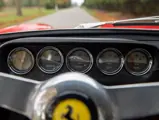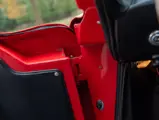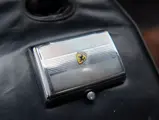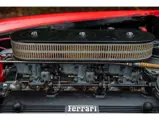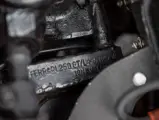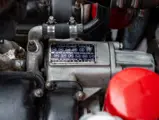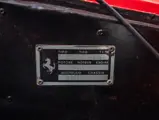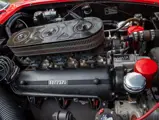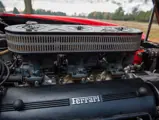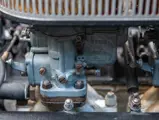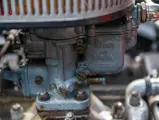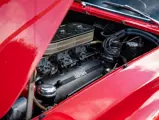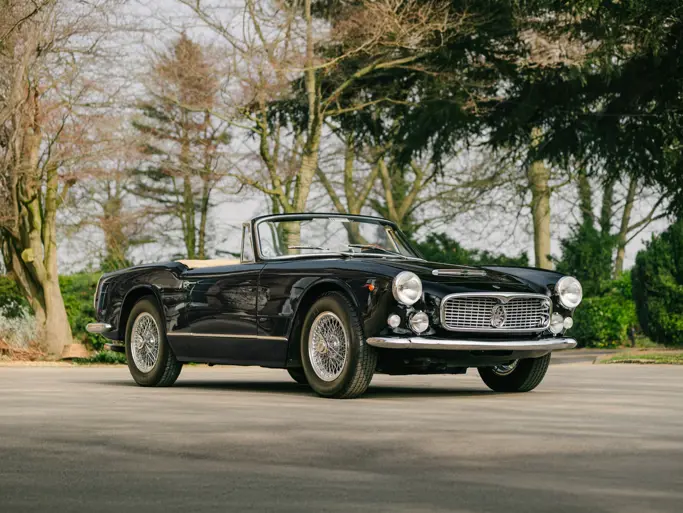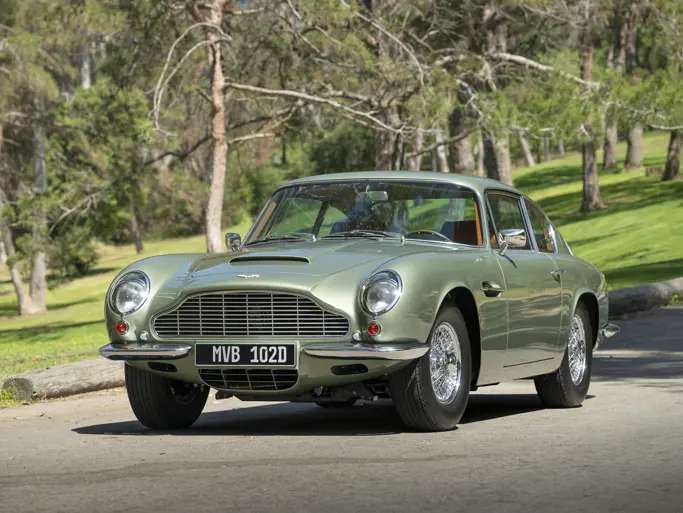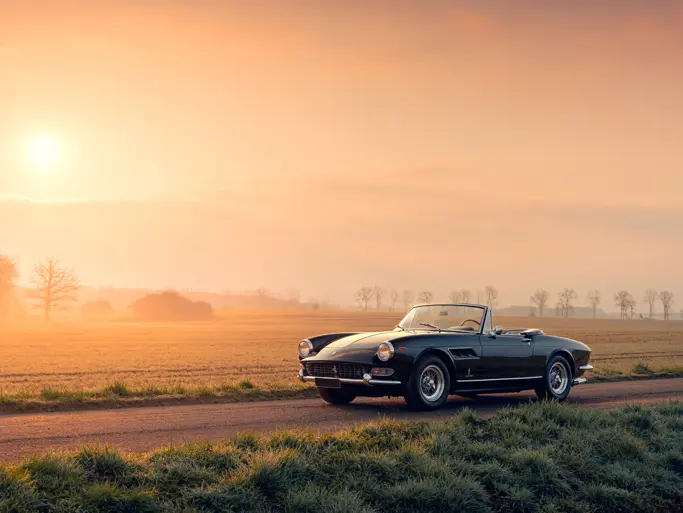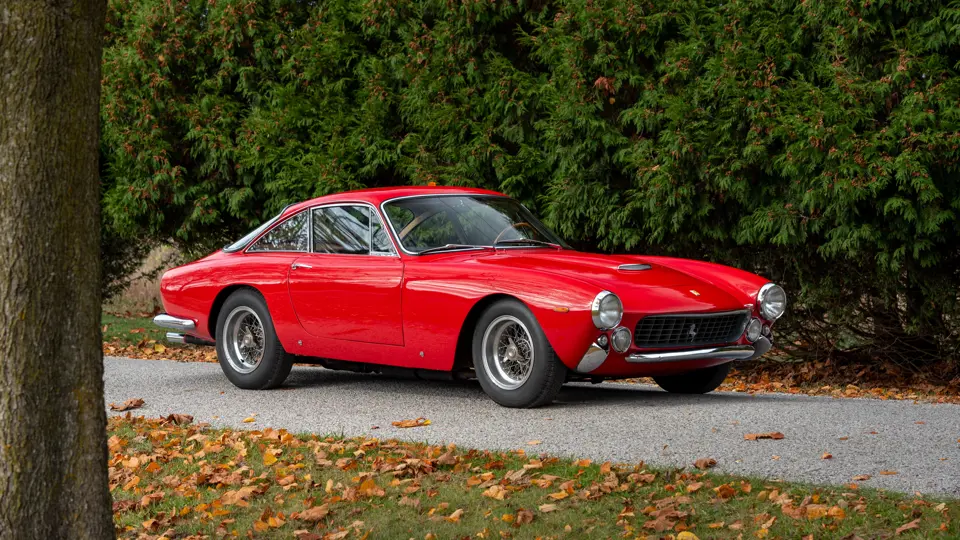
1963 Ferrari 250 GT/L Berlinetta Lusso by Scaglietti
{{lr.item.text}}
$1,352,500 USD | Sold
{{bidding.lot.reserveStatusFormatted}}
- The 129th of 350 examples built
- Highly original example emerging from nearly 40 years of single ownership
- Desirably retains matching-numbers engine, gearbox, and rear axle
- Documented with Marcel Massini history and service invoices dating to 1984
- Very pure and authentic example originally specified for the European market
THE ULTIMATE 250 GT
By 1962, Ferrari’s 250 GT platform had been in production for six years, making it the automaker’s most substantial effort yet toward regular series production. Over the course of roughly a dozen different body styles and two different wheelbase lengths, the 250 GT was gradually refined, encompassing racing berlinettas, civilized coupes and cabriolets, and dual-purpose spiders. One final great model remained in the 250 GT’s repertoire, however, and that encore of automotive genius was introduced at the Paris Salon in the autumn of 1962.
Dubbed the 250 GT/L, the “L” denoting Lusso (or luxury), the final iteration of the venerable 250 GT was positioned as a pure luxury grand tourer, with distinctive elegant coachwork designed by Pininfarina and built by Scaglietti. Crafted from steel with an aluminum hood and doors, the Lusso’s body was a study in sports car perfection, and it remains one of the most celebrated coachwork designs of all time. Gently curved, bulbous fenders gave way to a sleek, fastback Kamm tail, complemented by a generously glassed canopy and delicate, minimal brightwork.
Mechanically, the GT/L rode the 2,400-millimeter short-wheelbase chassis of its immediate predecessors, and it was powered by the same 2,953-cubic-centimeter short-block V-12 designed by famed Ferrari engineer Gioacchino Colombo, although now specified with outside-V spark plugs and single-ported cylinders, as developed through the Testa Rossa and California Spider competition cars. This would be the last Ferrari V-12 road car to feature the 250-cubic-centimeter-sized cylinder, as displacement soon increased to 275 cubic centimeters for the next series of road cars.
In addition to being equipped with the most advanced version of the 250 GT engine, the Lusso offered significant chassis upgrades gleaned from the SWB and GTO competition cars. These improvements principally consisted of the use of concentric springs around the telescopic shock absorbers and a Watts linkage to laterally stabilize the rear axle; both features were developed on the legendary race-winning GTO.
The interior of the Lusso was as luxurious as the name implied, with leather-upholstered door panels and bucket seats and a completely unique dashboard arrangement that has never been offered on any other Ferrari. The console featured a large tachometer and speedometer in the central position and angled towards the driver, with five smaller gauges in the traditional instrument panel location.
Concluding production in late 1964, the 250 GT/L was built in a modest quantity of just 350 examples, and the model has evolved into one of the most prized vintage Ferraris ever constructed. As the ultimate luxury version of the seminal 250 GT, the Lusso represented a zenith for the platform, and it is now regarded as one of Ferrari’s most celebrated models, justifiably esteemed by the world’s most discriminating Ferrari judges and collectors.
FOUR DECADES OF SLUMBER
Emerging from nearly 40 years of fastidious single-ownership care, this highly original Lusso is a wonderfully presented example. According to the research of marque expert Marcel Massini, chassis number 5129 GT is the 129th car built, and it was specified for the European market with left-hand drive and instruments in kilometers. Finished in Rosso Rubino paint over an interior upholstered in Nero vaumol leather by Connolly, the Ferrari was completed in October 1963 and distributed to M. Gastone Crepaldi Automobili, the famed marque dealer in Milan.
Within the next few years, the 250 GT was acquired by Luigi Chinetti Motors and exported to his location in Greenwich, Connecticut, and in January 1969 Chinetti sold the Lusso to Baker Motors in Atlanta, Georgia. By the early 1980s it came into the ownership of Steven Lawrence of Wilton, Connecticut. Mr. Lawrence offered the car for sale in late 1983, and it was subsequently purchased by Ferrari expert Stan Nowak, then of Bob Sharp Motors, on behalf of his client, an enthusiast residing in Bethlehem, Pennsylvania. At this point the odometer showed 77,229 kilometers (47,988 miles).
The new caretaker took delivery circa May 1984, commencing a remarkable period of almost four decades of uninterrupted ownership. As evidenced by maintenance invoices dating to 1984, the owner regularly serviced and maintained the 250 GT, helping to preserve its highly original character. The owner initially enjoyed the car during the 1980s while commissioning small bouts of work, including the installation of new Wilton wool carpets, and a new piston assembly. During the 1990s the Lusso was stored for an extended period of time, but it was re-commissioned in 2006 with maintenance that included rebuilding the fuel pump. More recently, the master cylinder and brake booster were rebuilt in May 2016, and the carburetors were rebuilt in June 2020.
The Ferrari was rarely driven during this time, and the odometer displayed 80,357 kilometers (49,932 miles) at the time of cataloguing, indicating an accrual of only 3,128 kilometers (1,944 miles) over the course of 39 years. While the paint color was at some point changed to a shade approximating Rosso Corsa, the interior is believed to be largely original. It is important to note that the Lusso desirably retains all of its significant matching-numbers mechanical equipment, as demonstrated by correct stampings on the engine, gearbox, and rear axle.
For the Ferrari collector in search of a gently used 250 GT/L that offers driving, exhibition, and restoration opportunities, chassis number 5129 GT would make an excellent acquisition. The car’s consistent care during 39 years of single ownership has resulted in an ideal basis for a variety of applications, and the collector-car niche will surely welcome the return of a long sequestered Lusso such as this fine example.




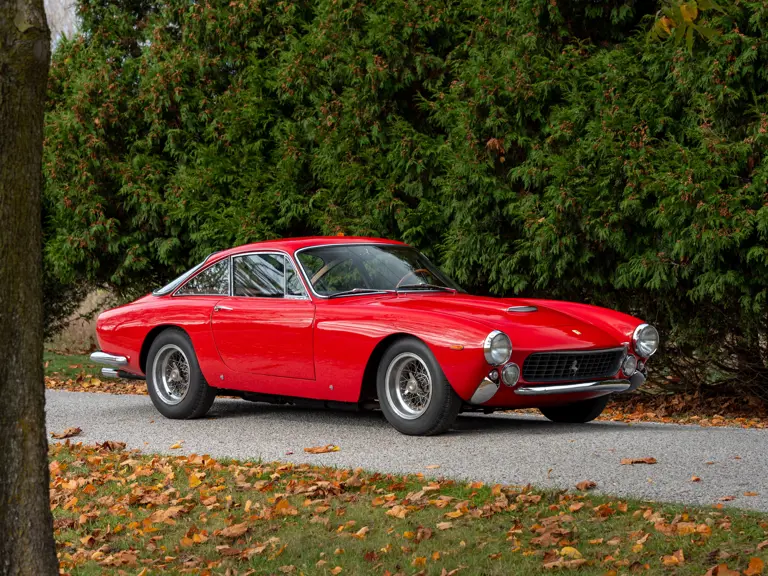
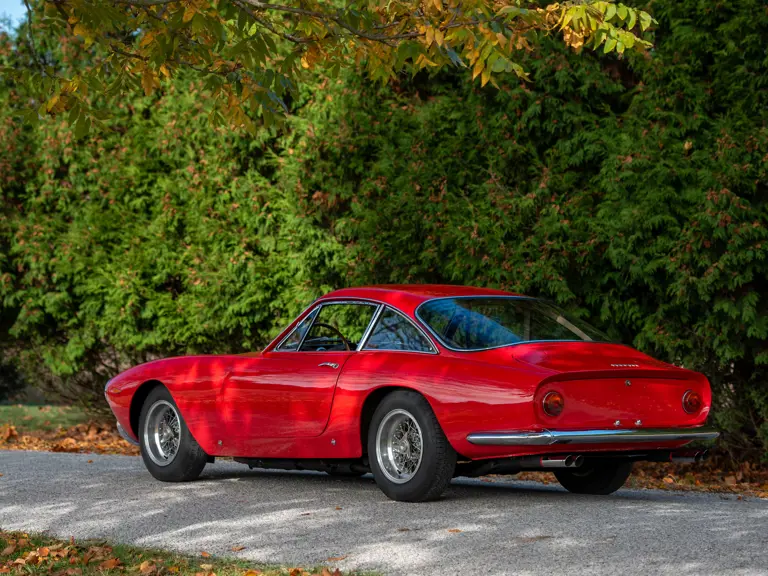
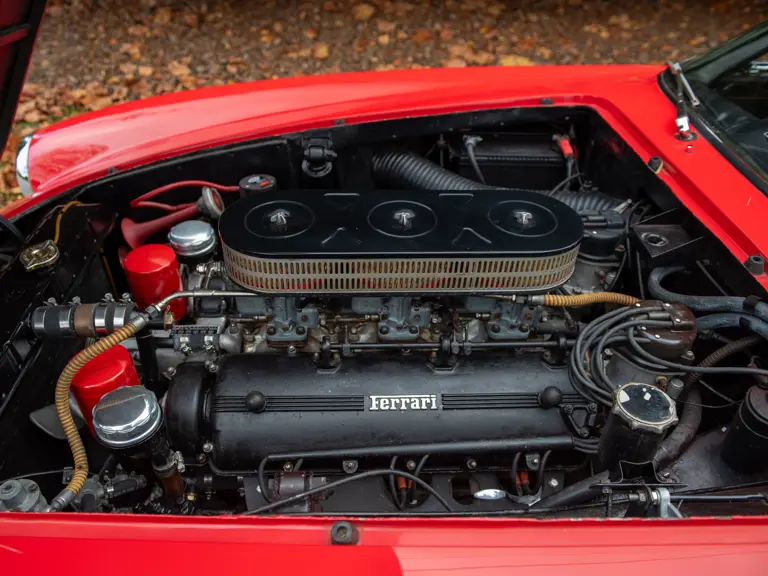
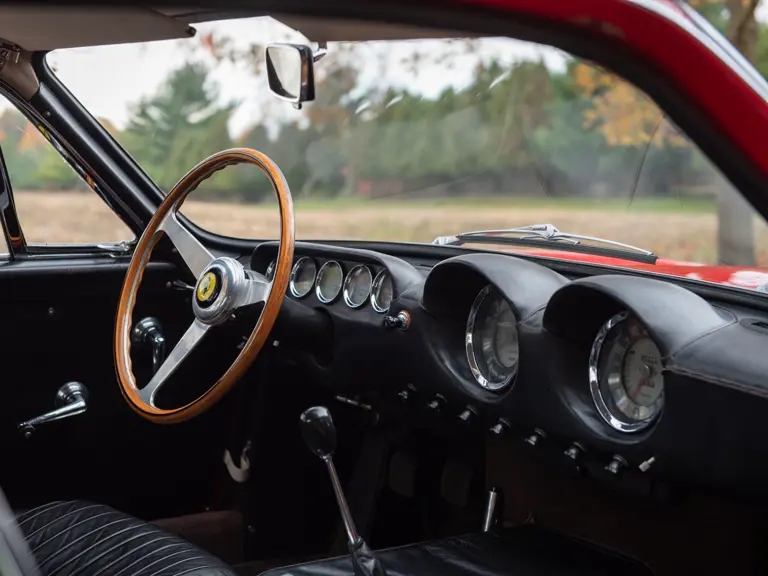



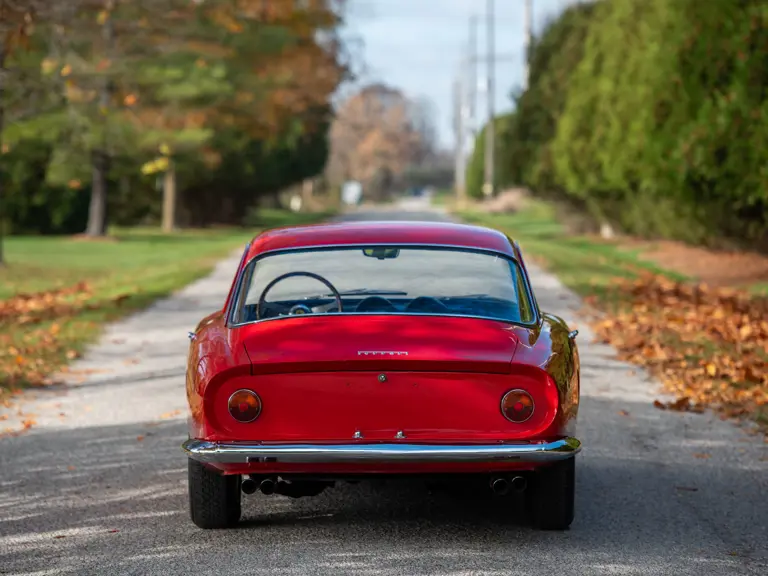
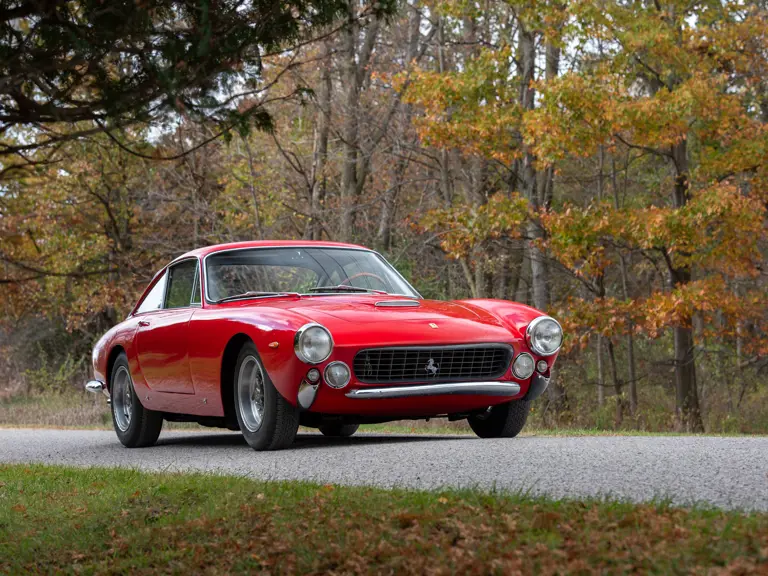
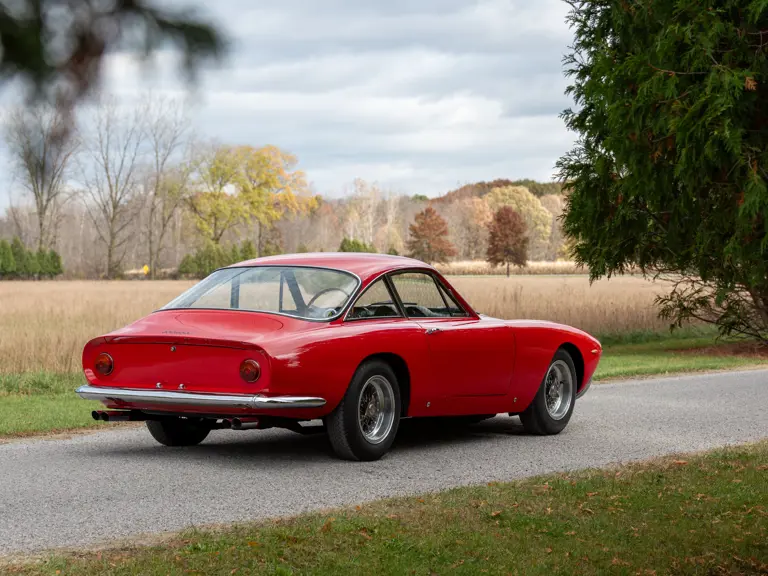
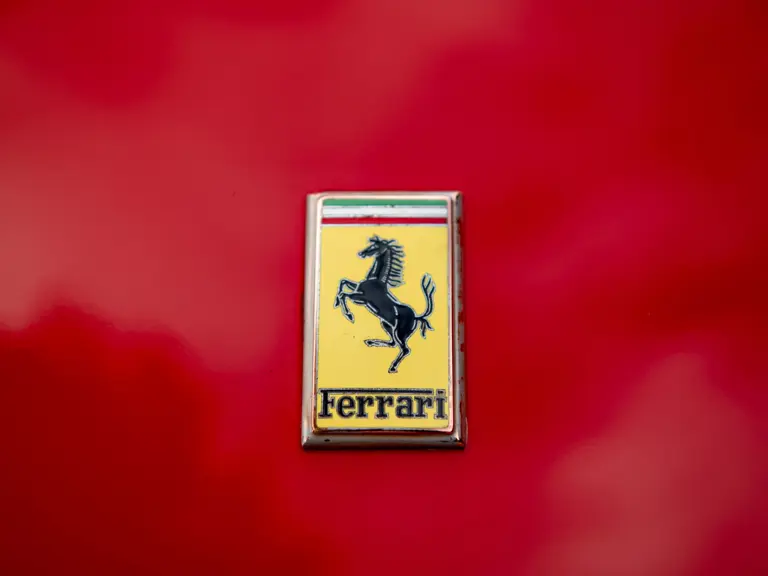
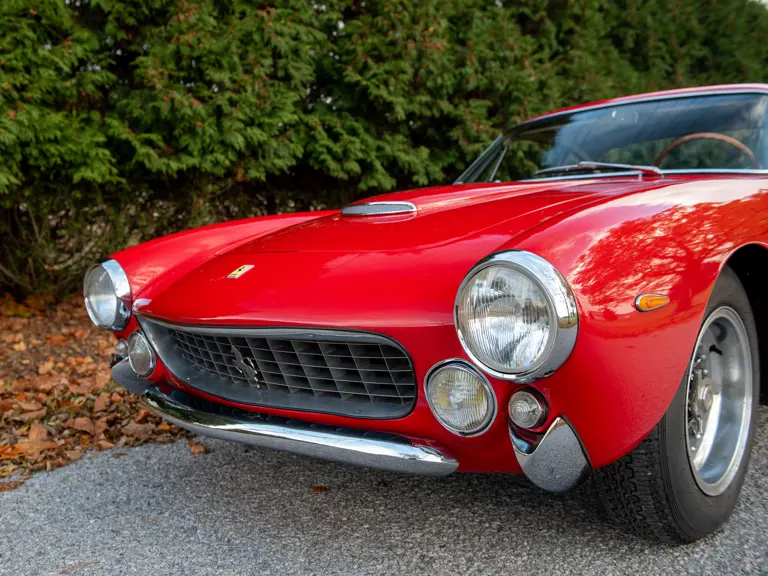
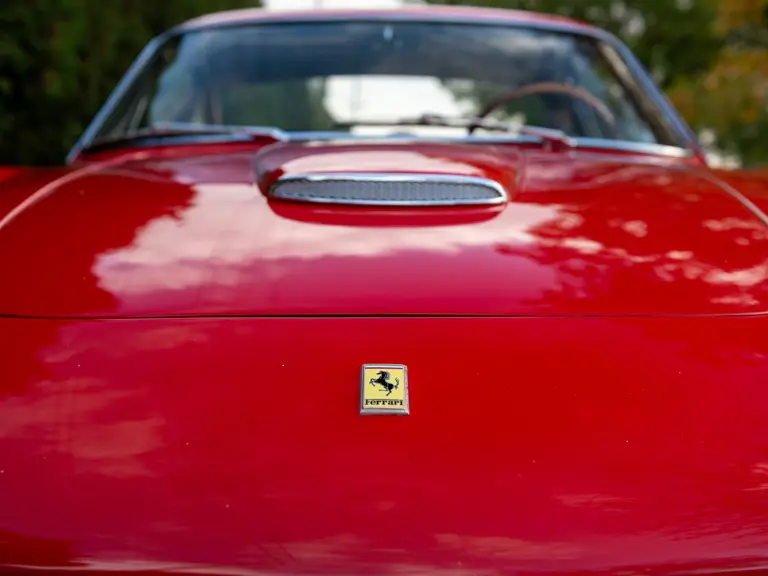
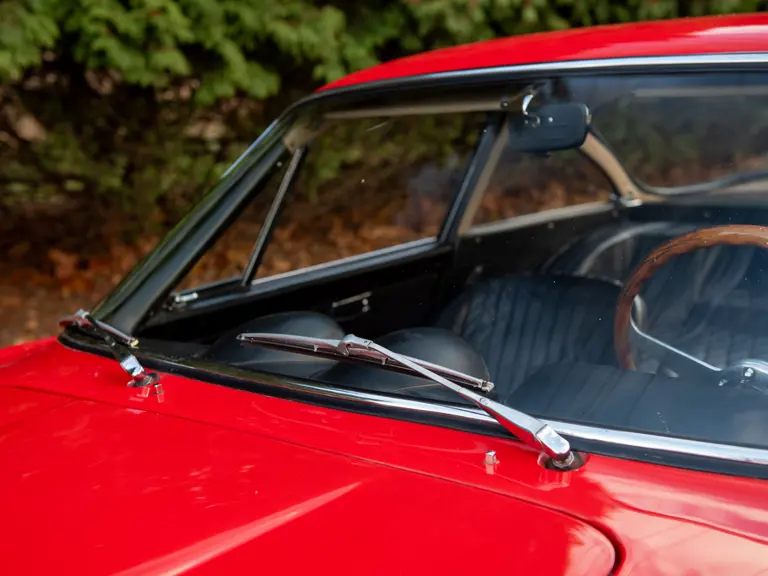
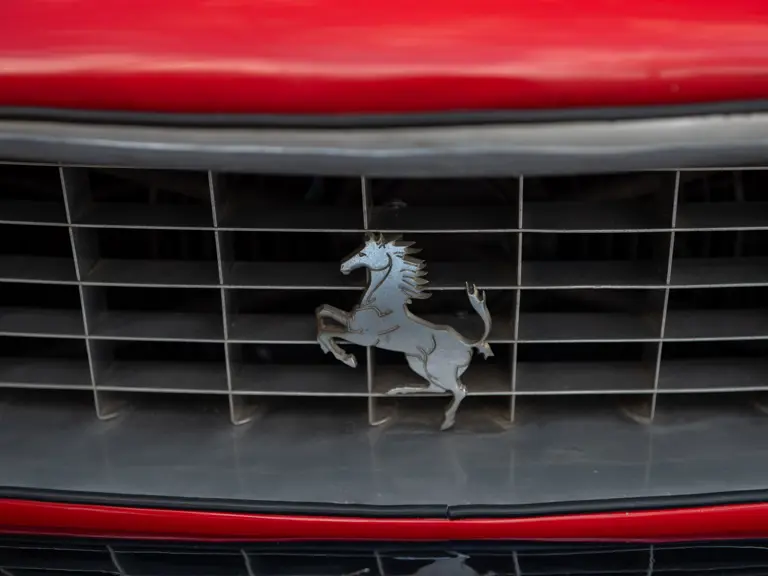

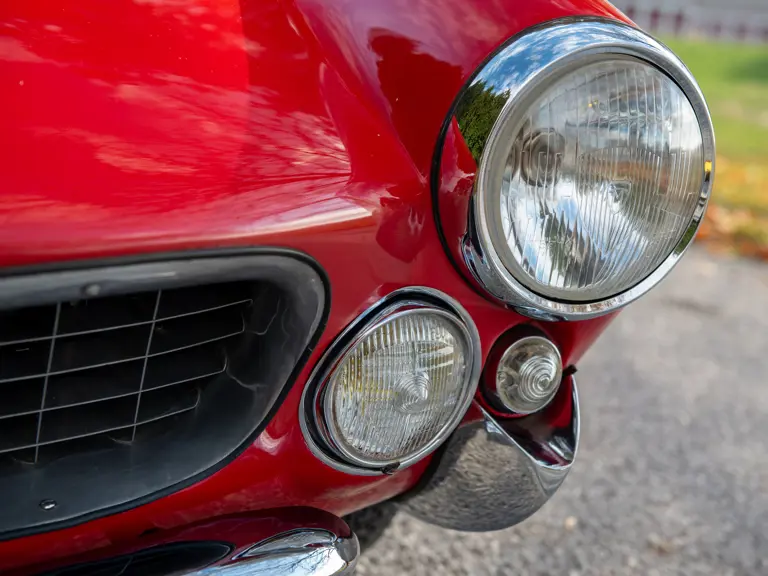
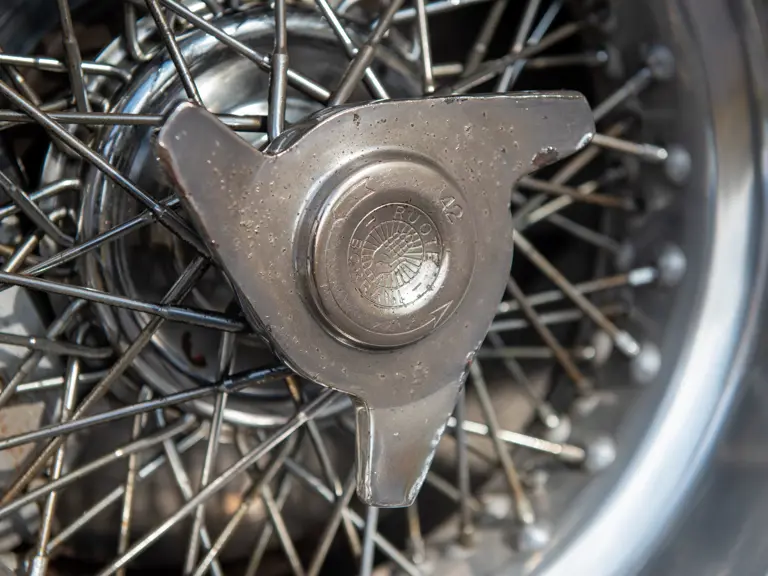
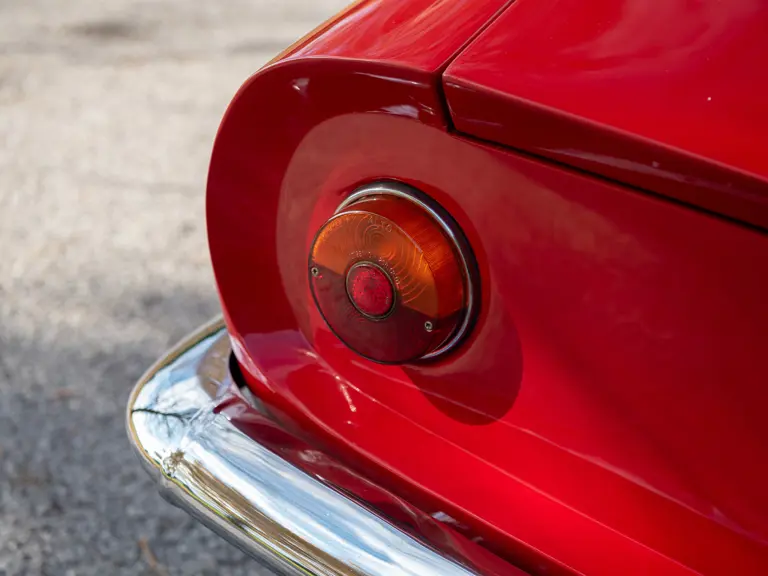

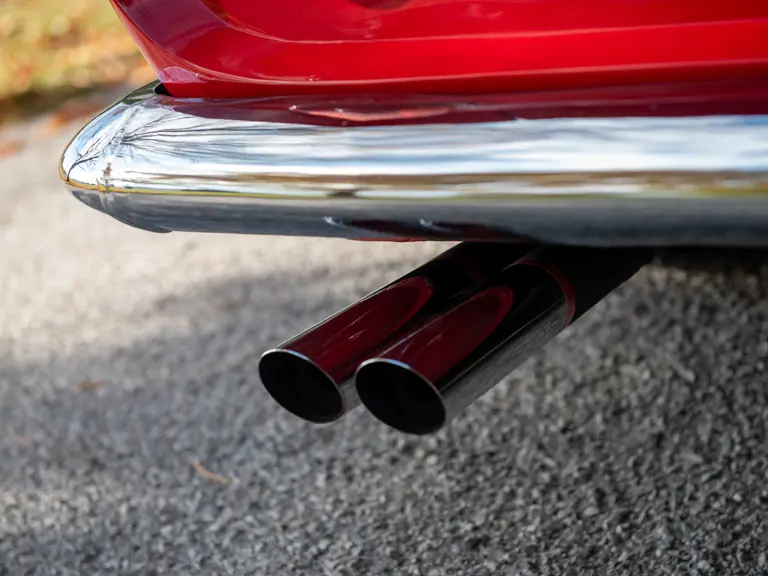
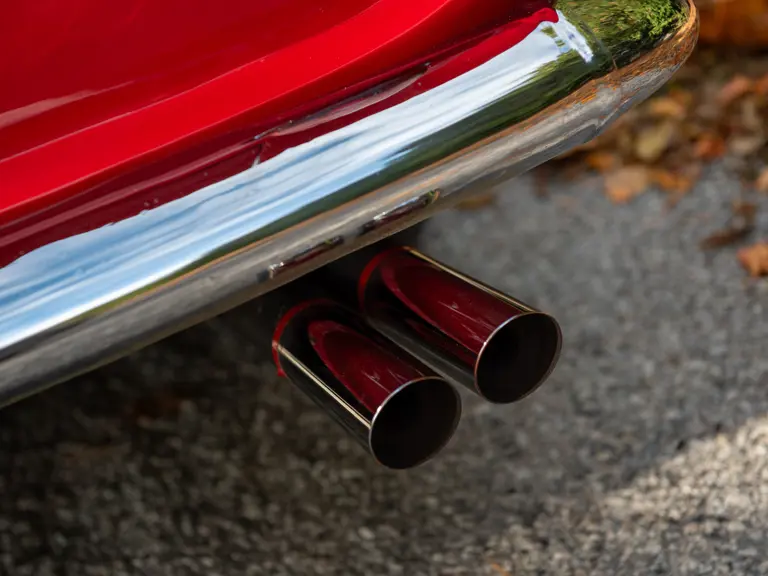
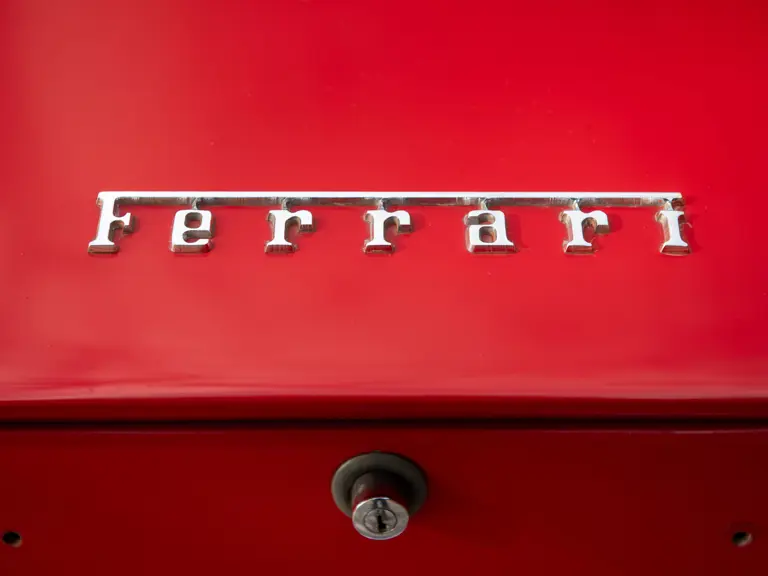
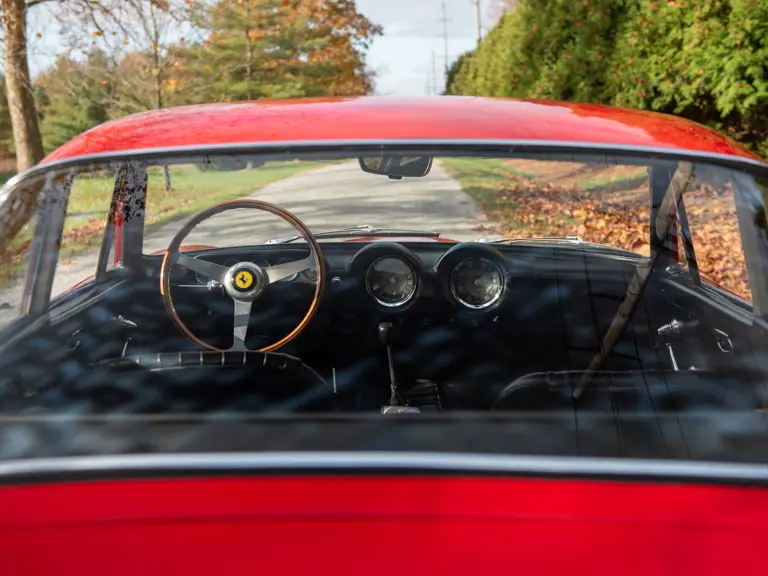
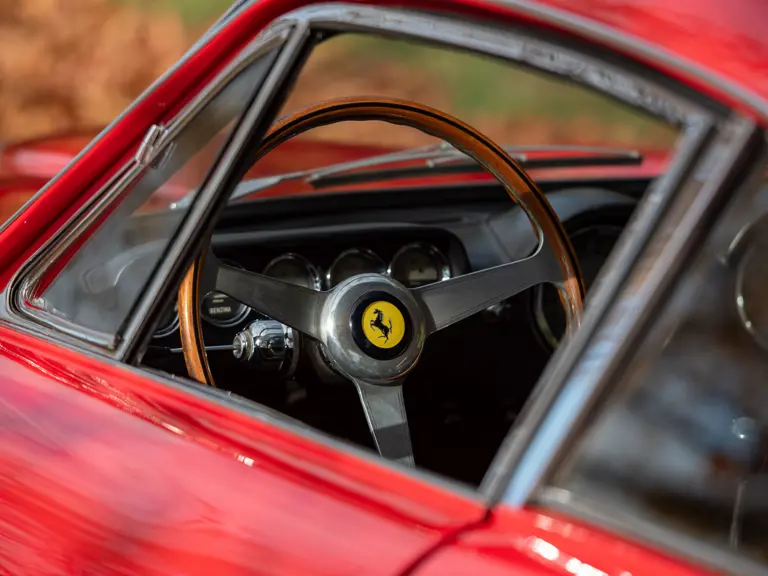
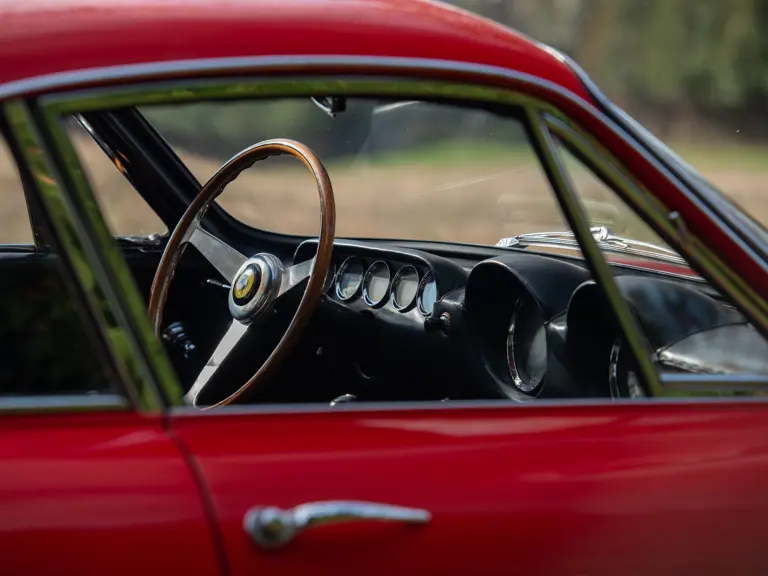
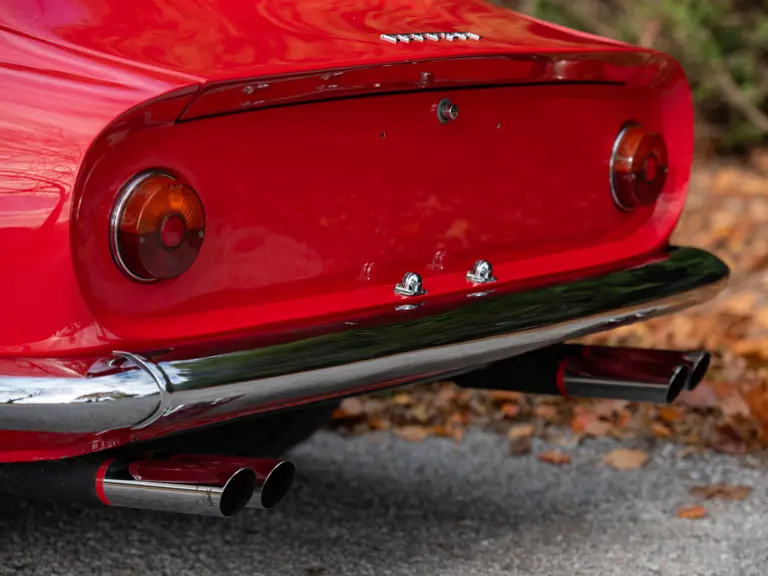
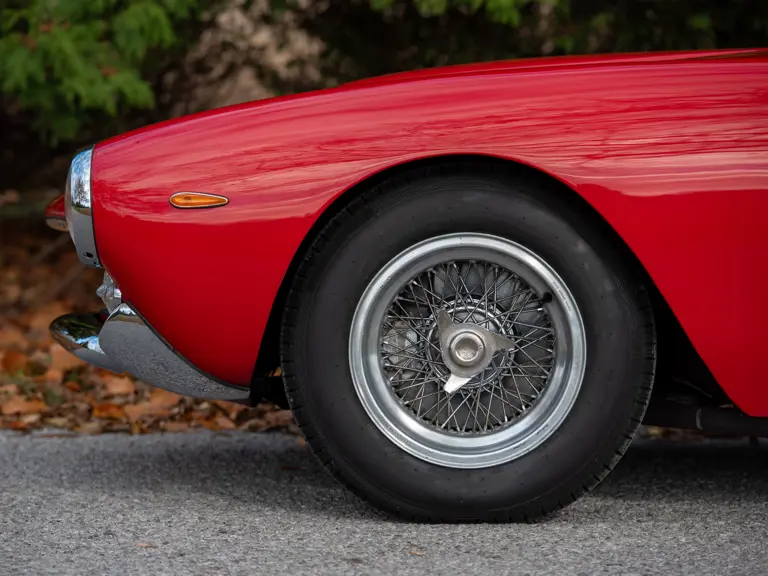

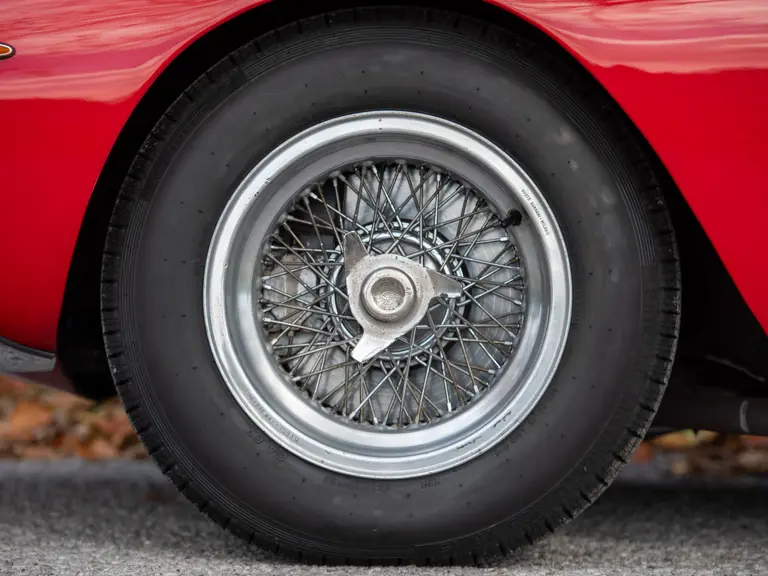
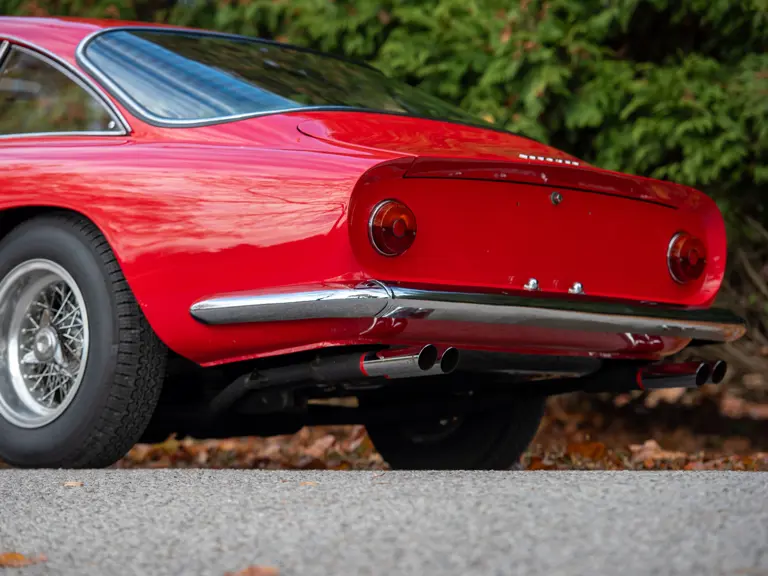
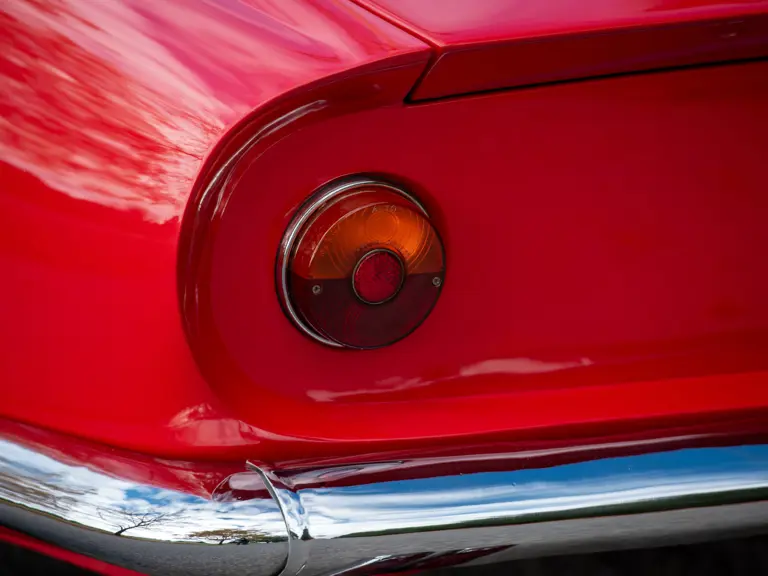

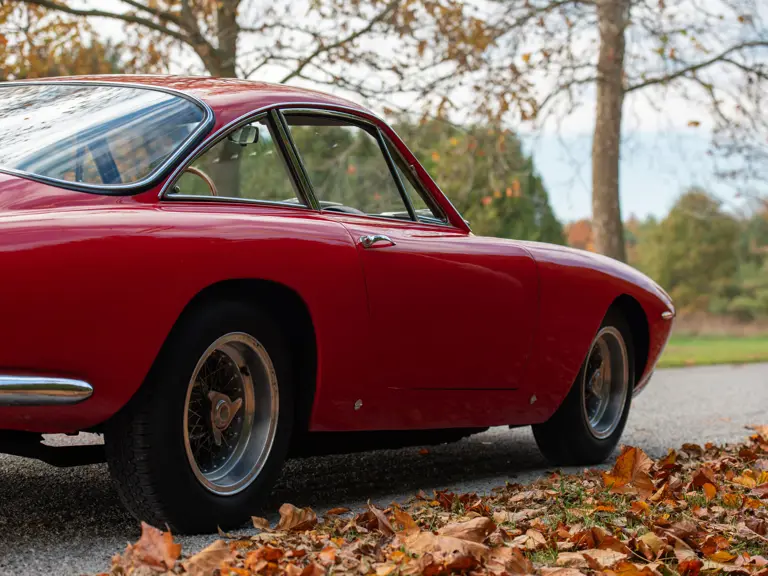
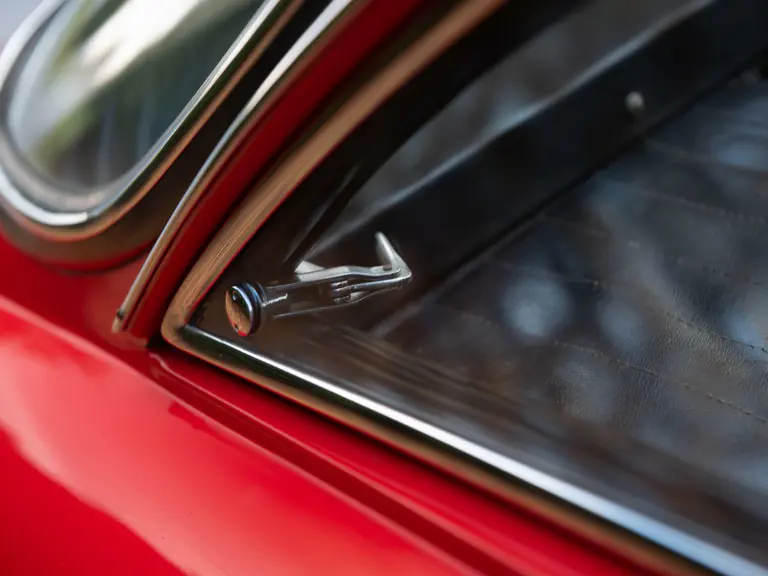
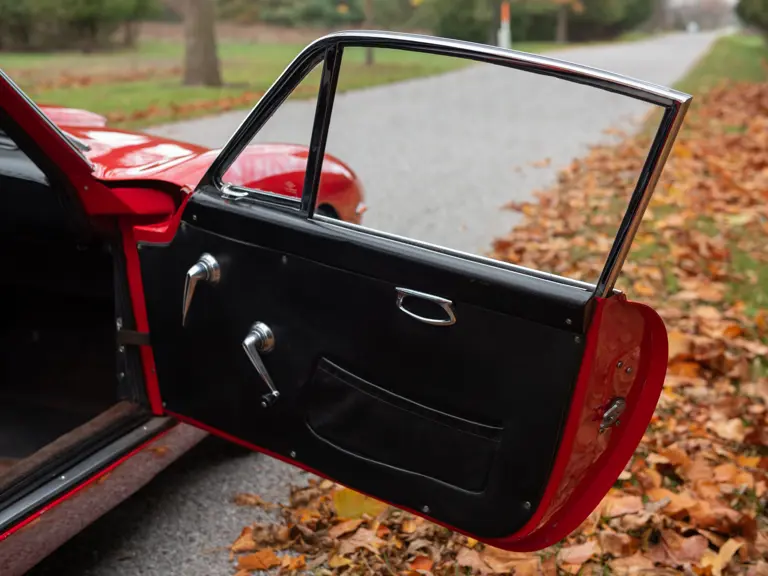
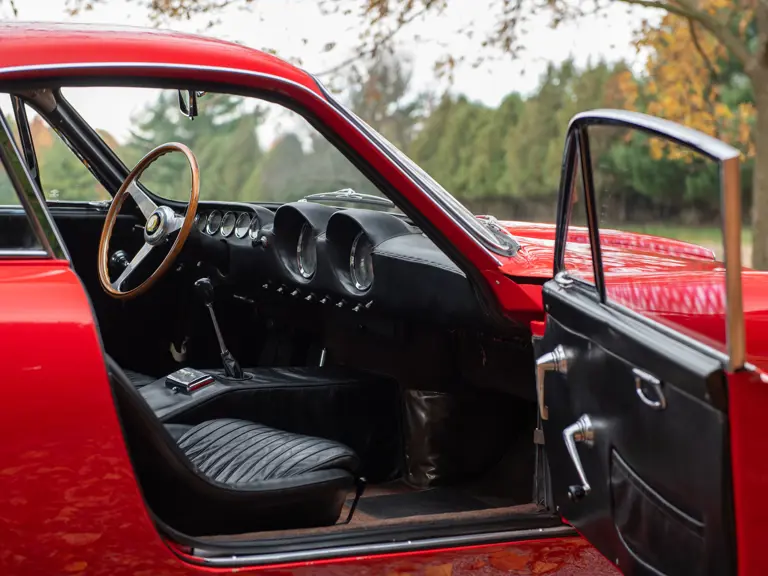
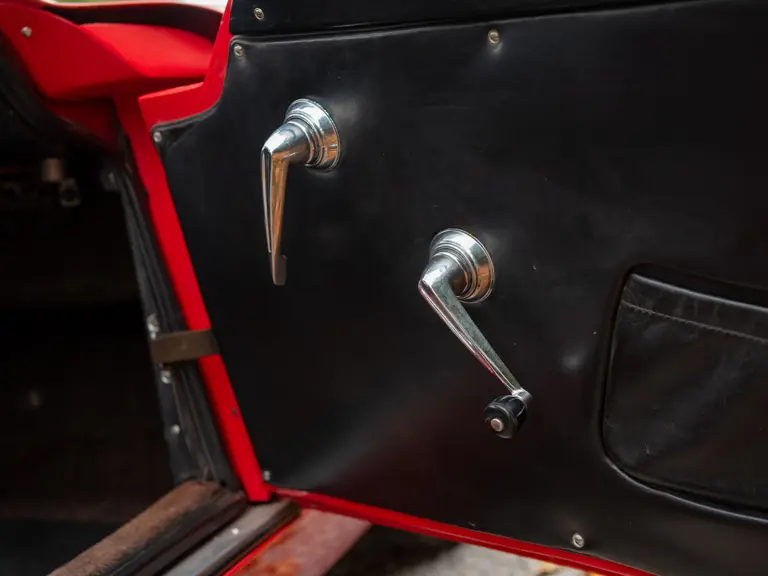
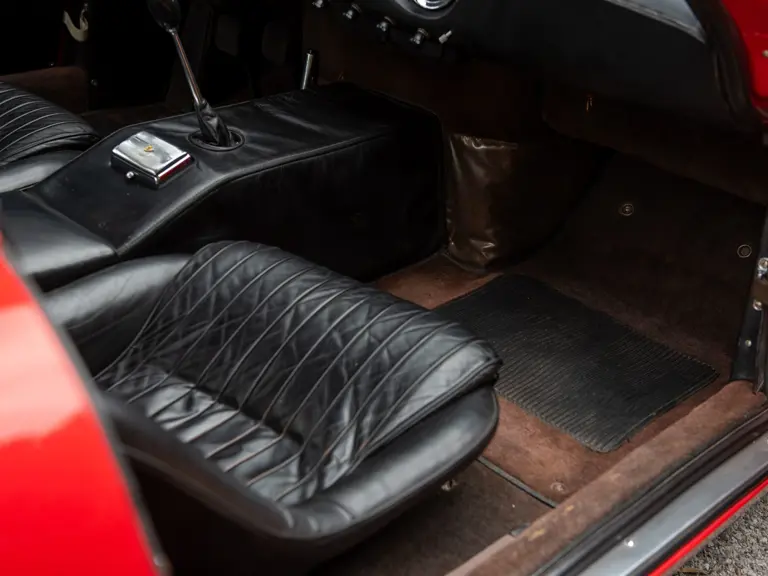
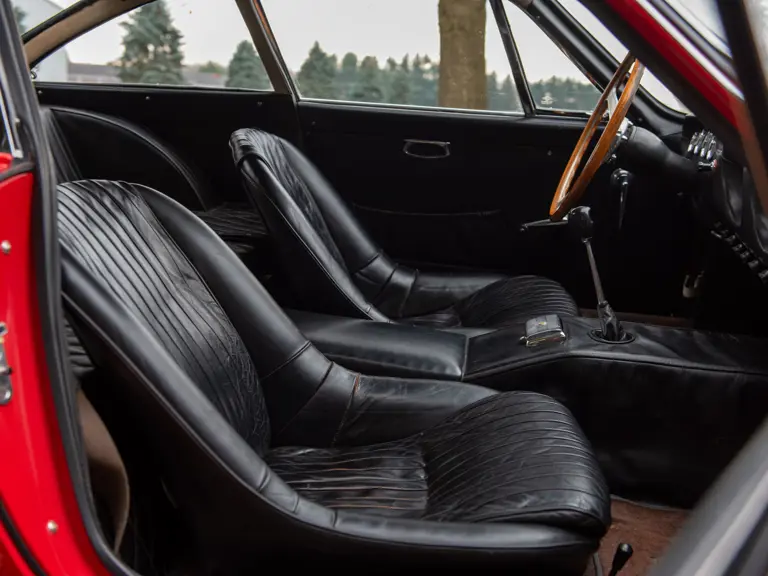
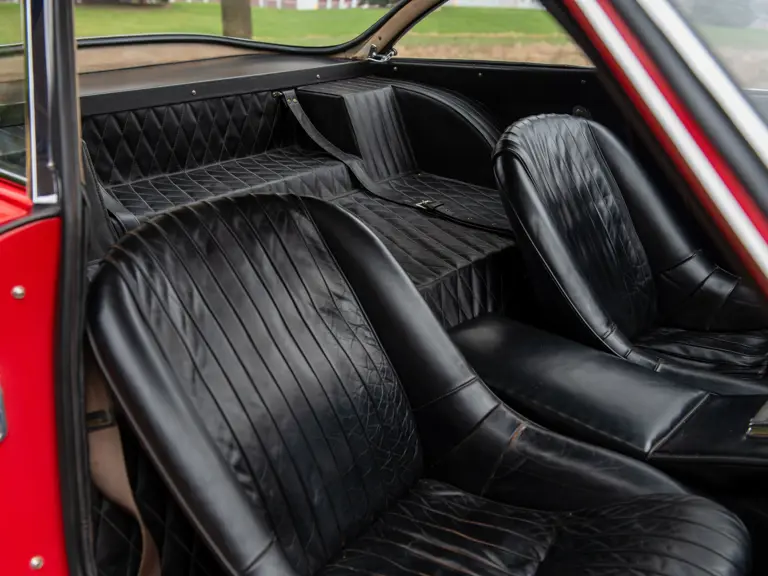
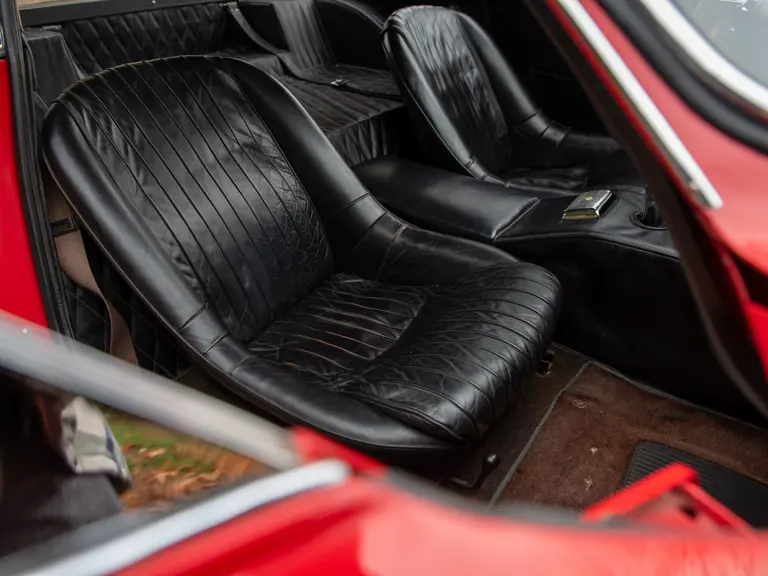
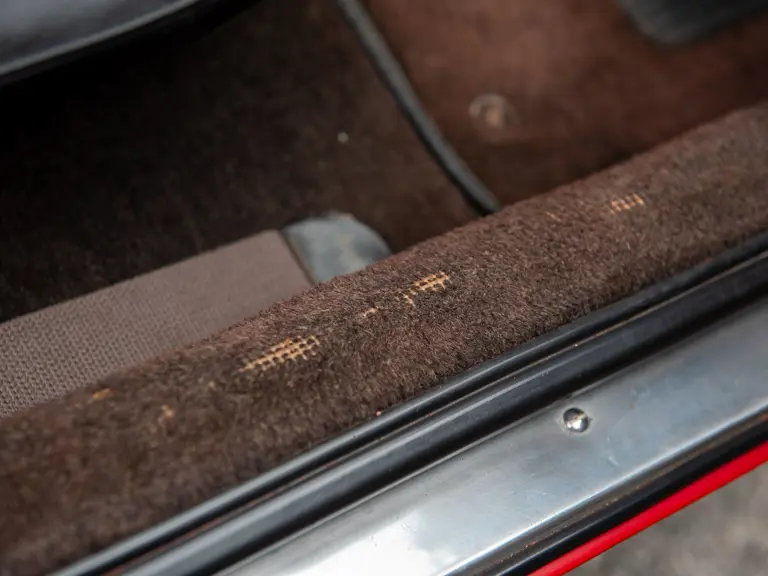
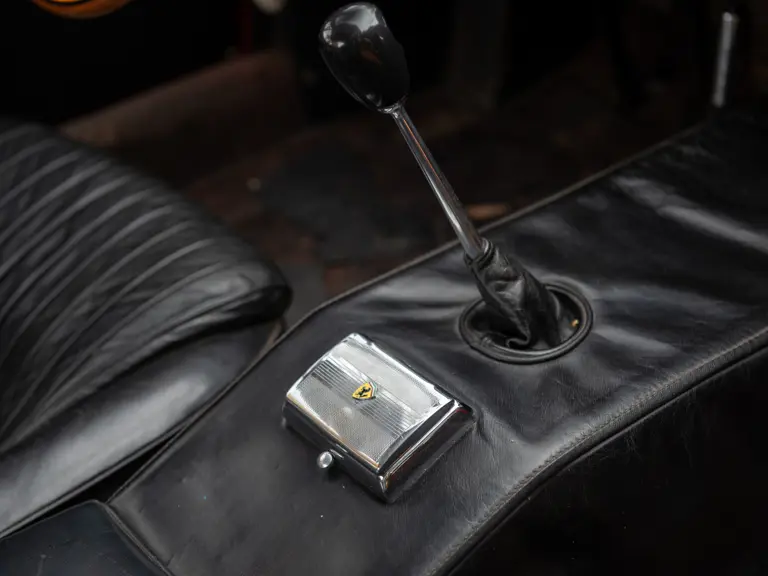
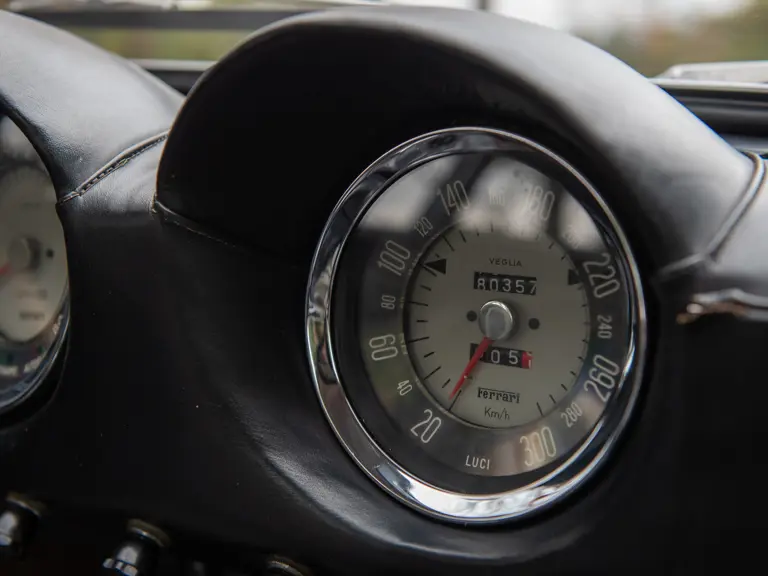
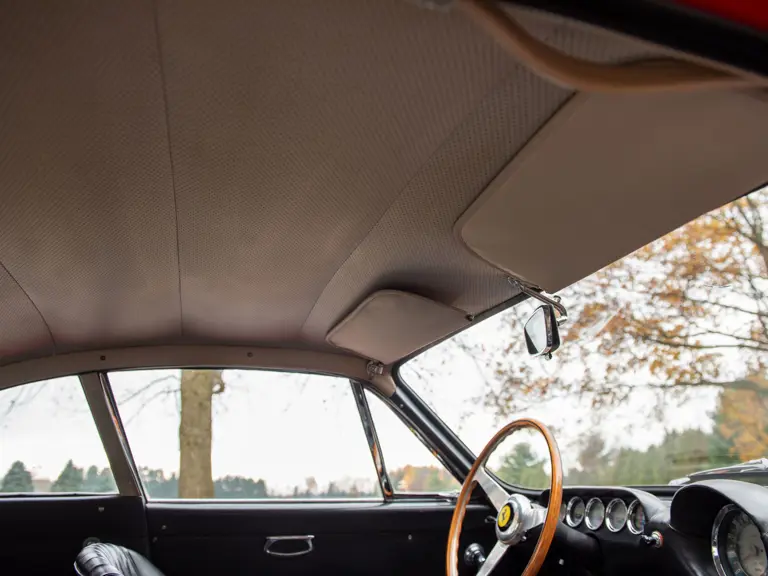
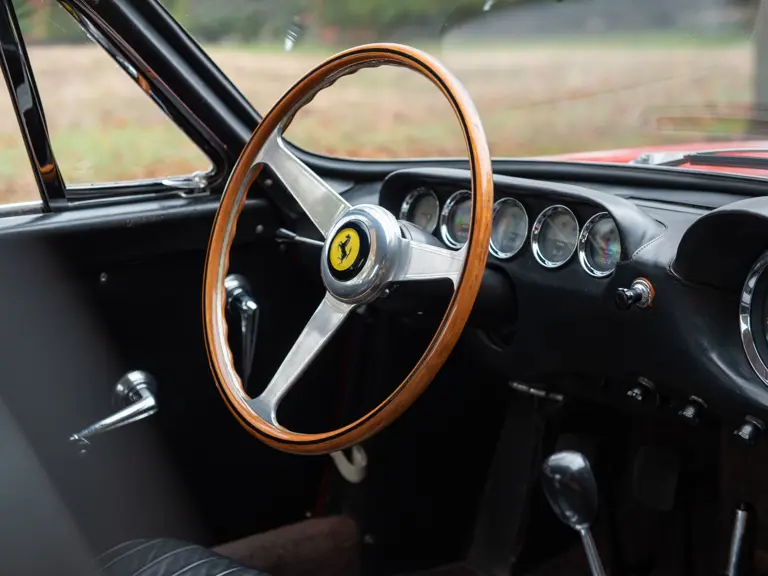
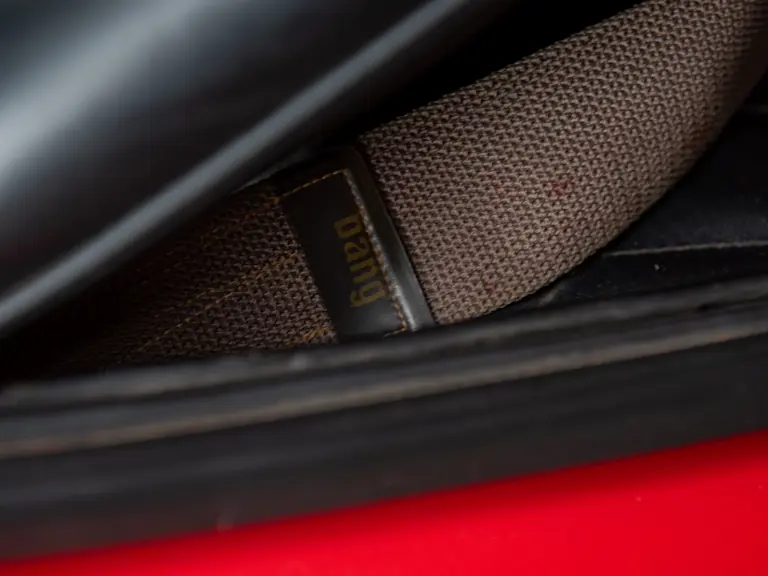
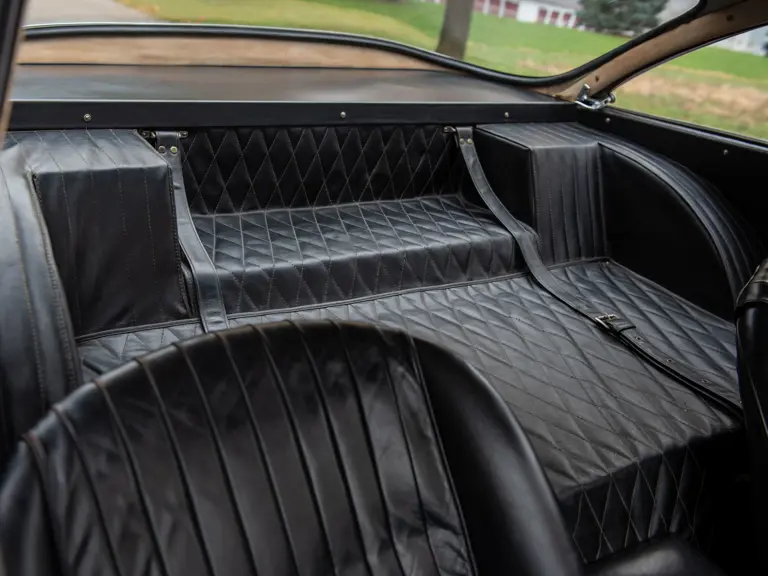
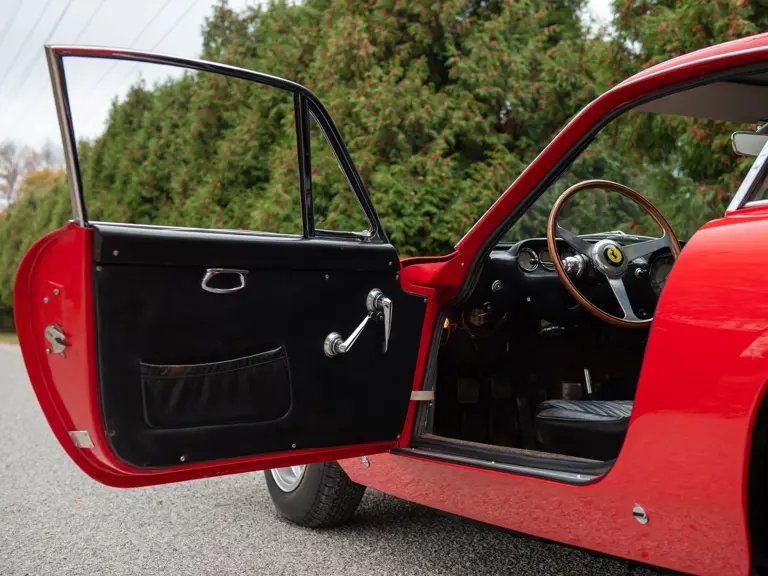
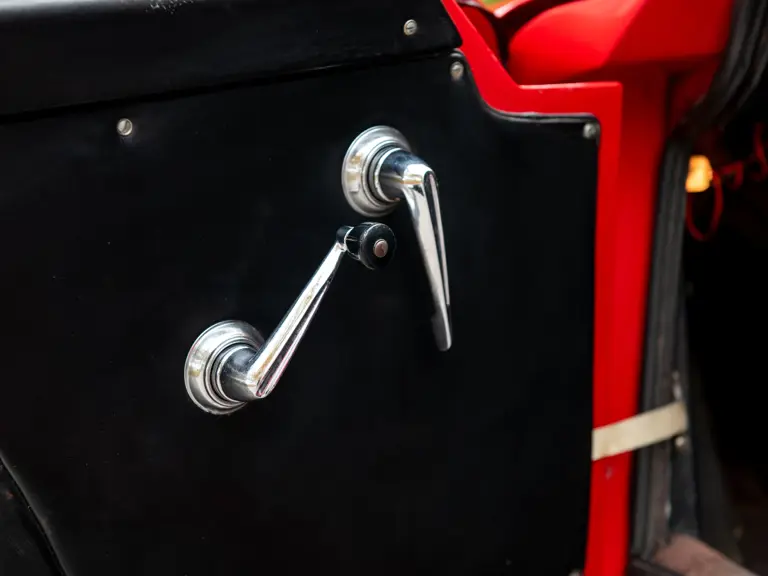
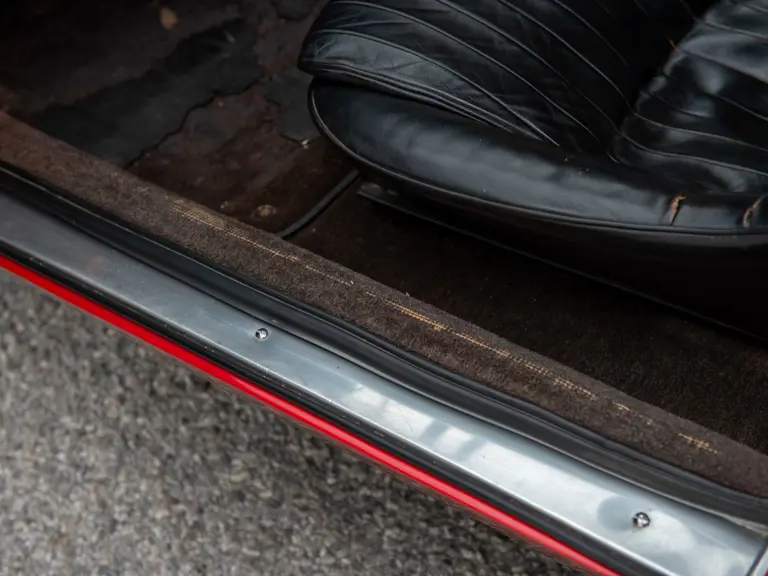
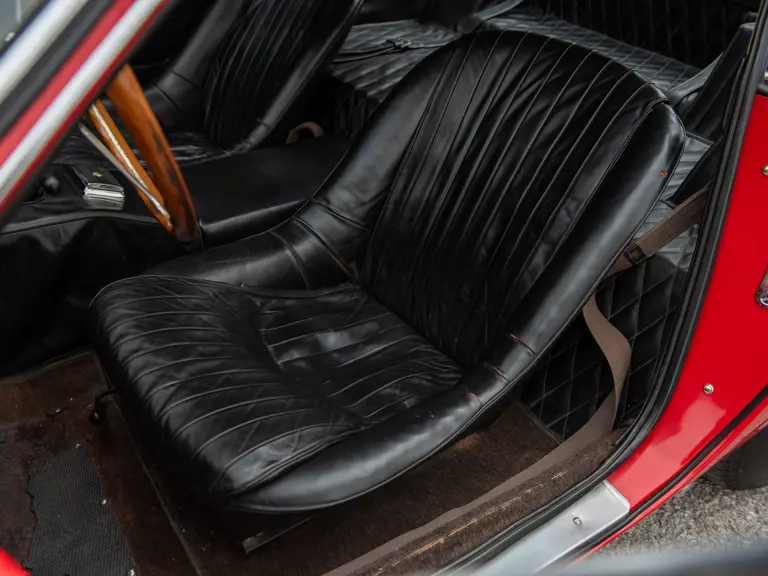
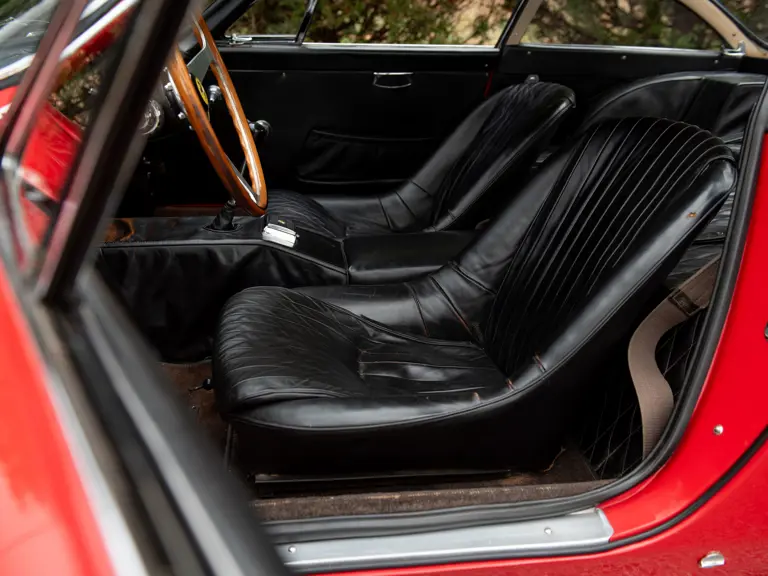
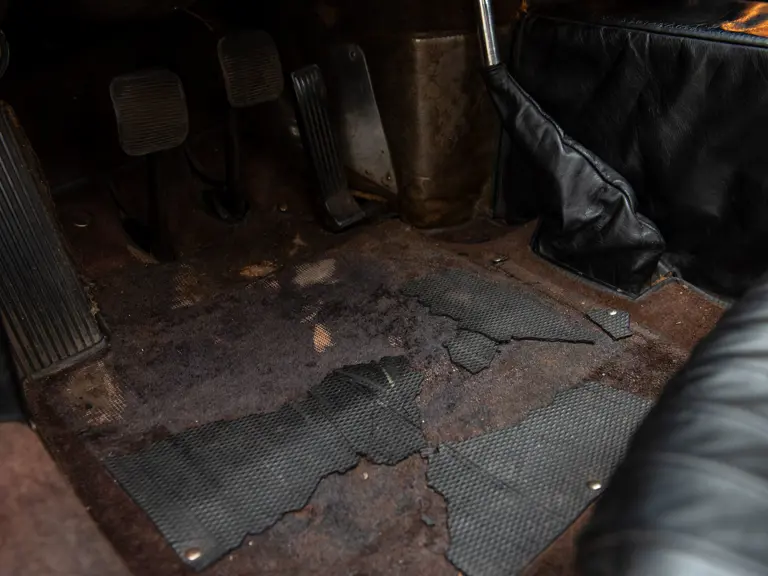
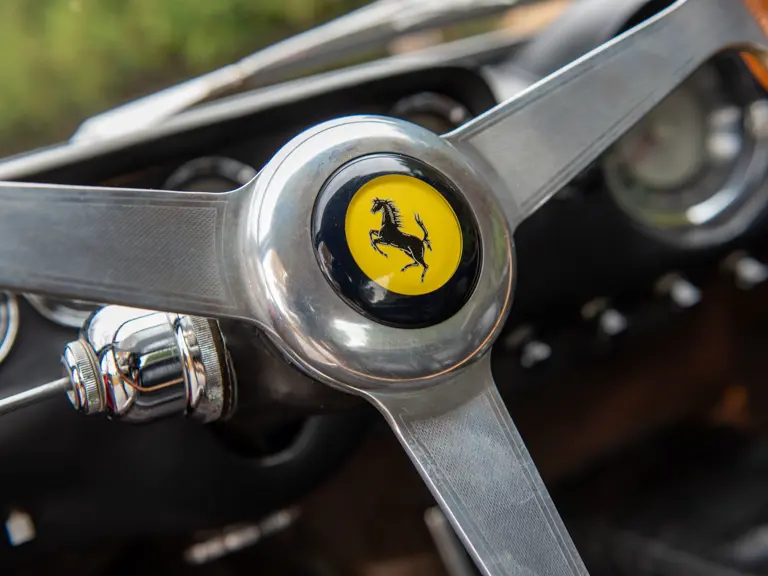
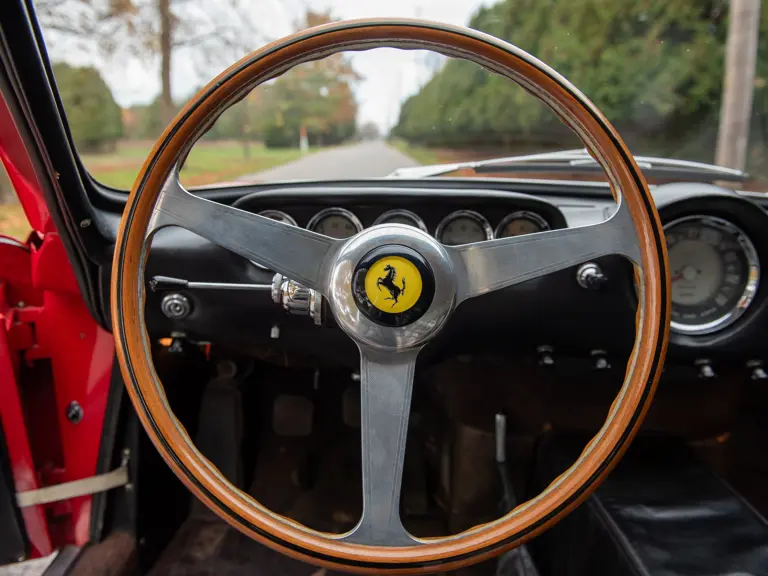
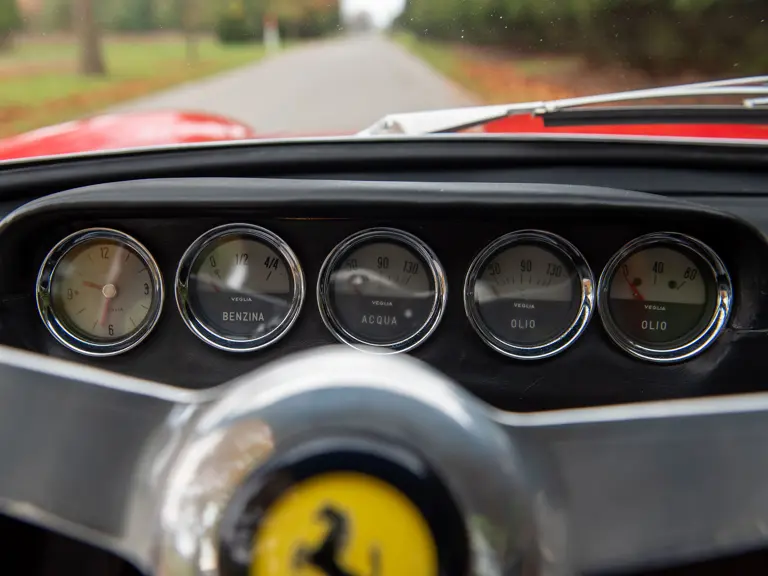
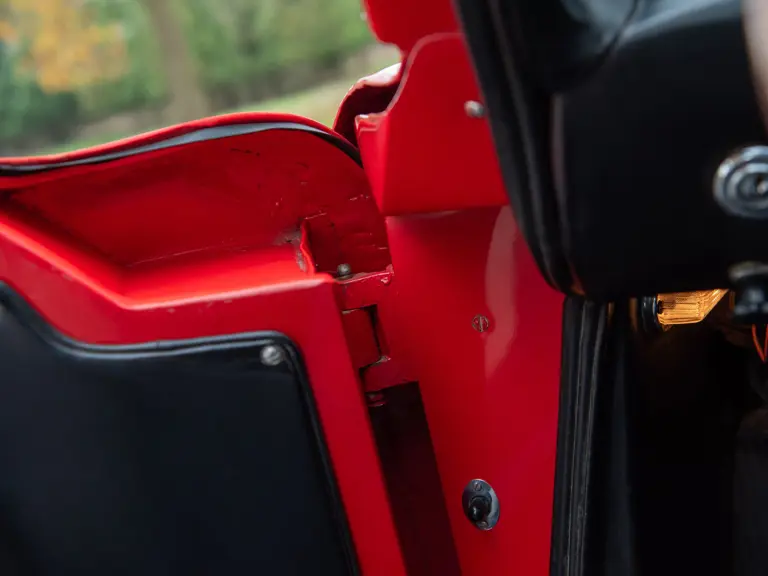
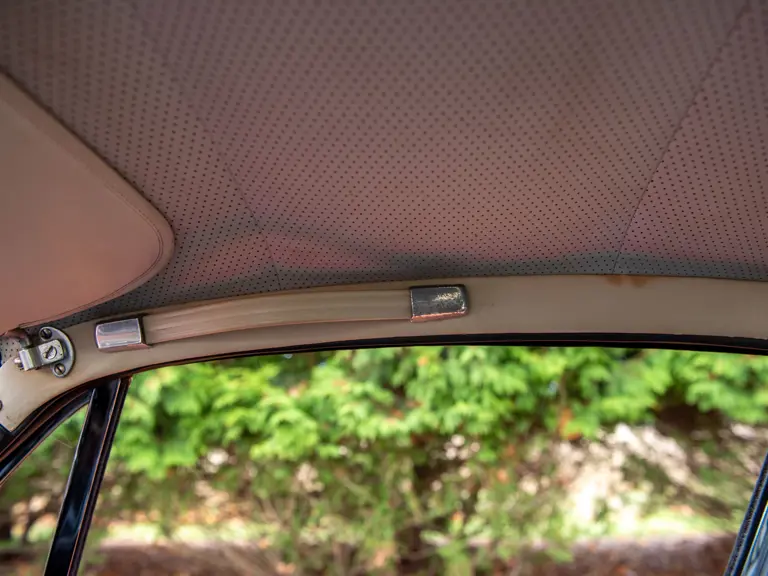
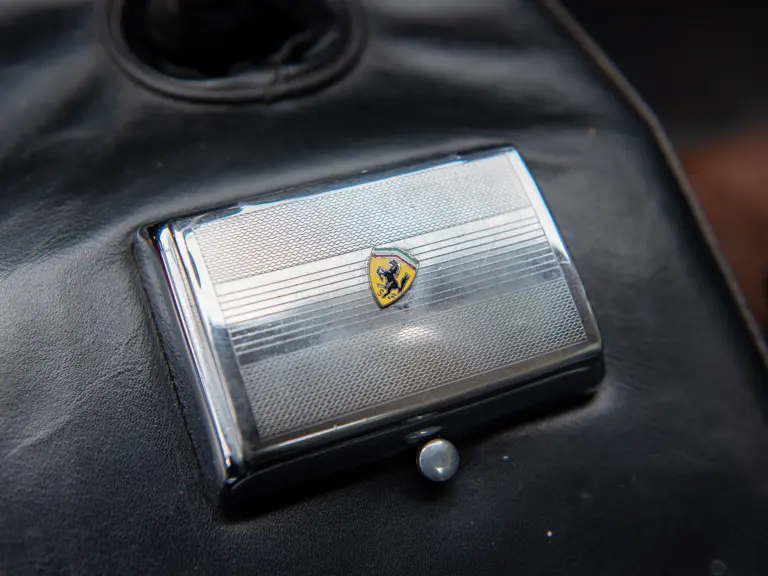
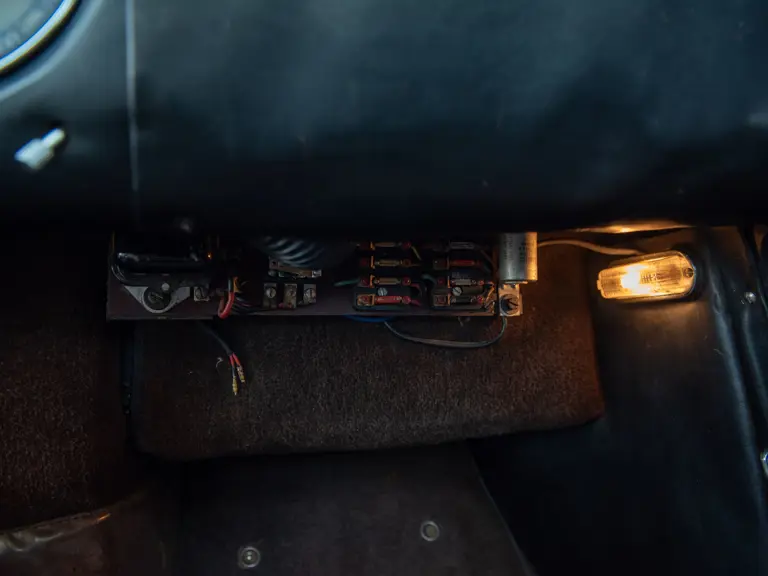
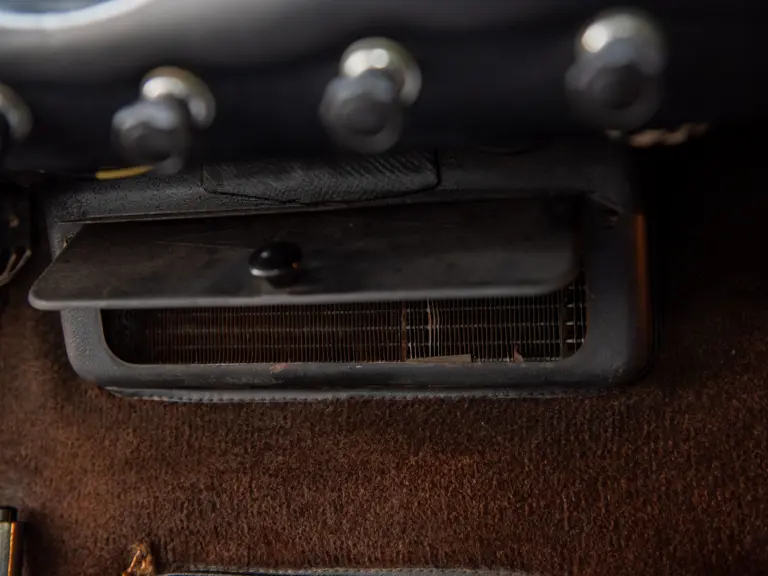
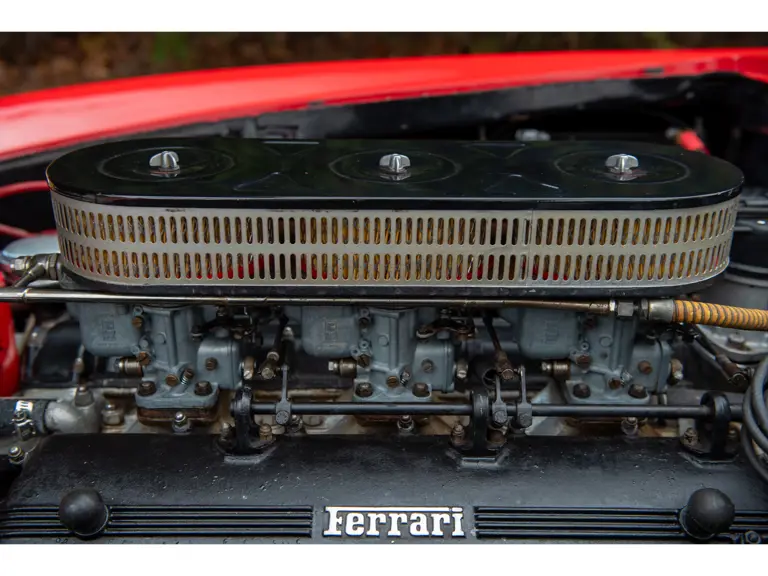
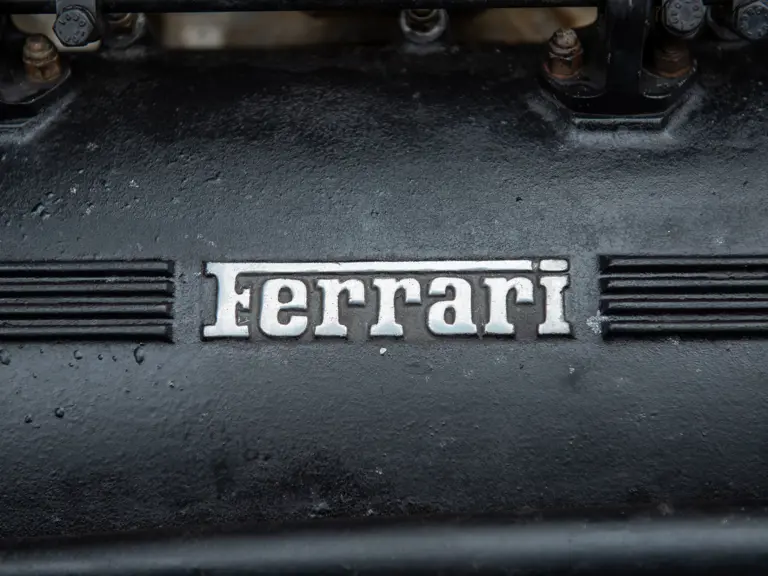
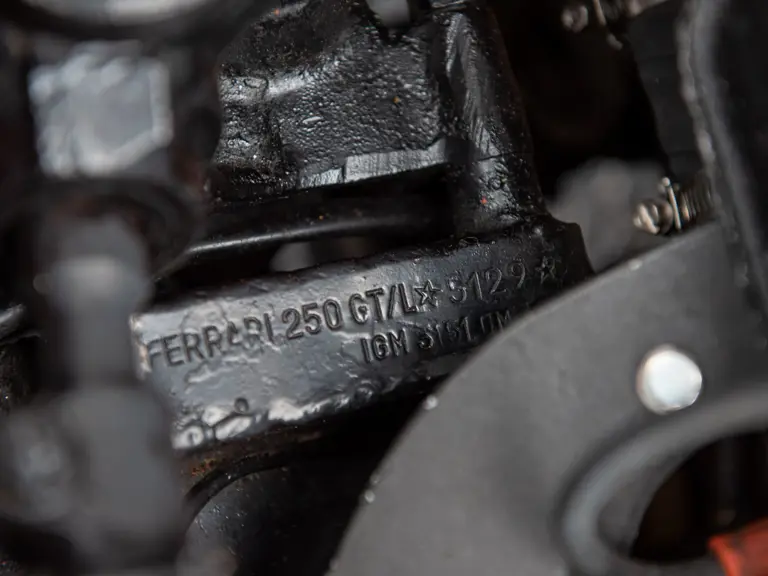
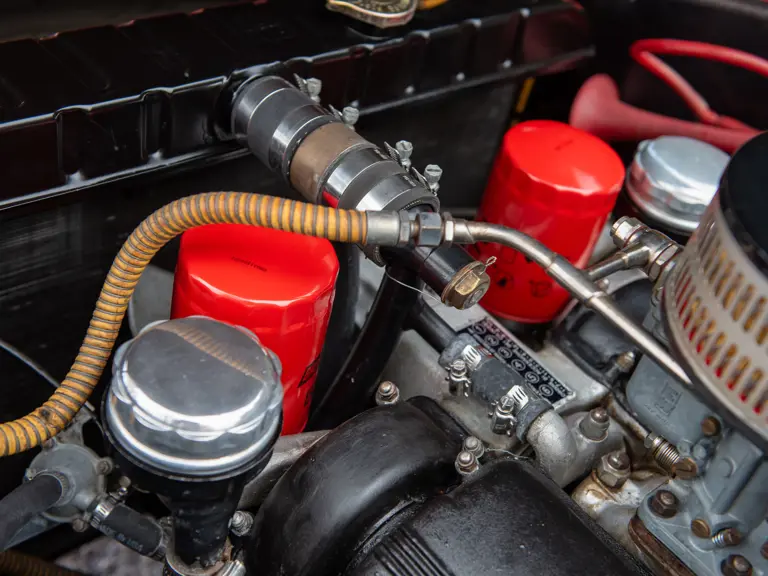
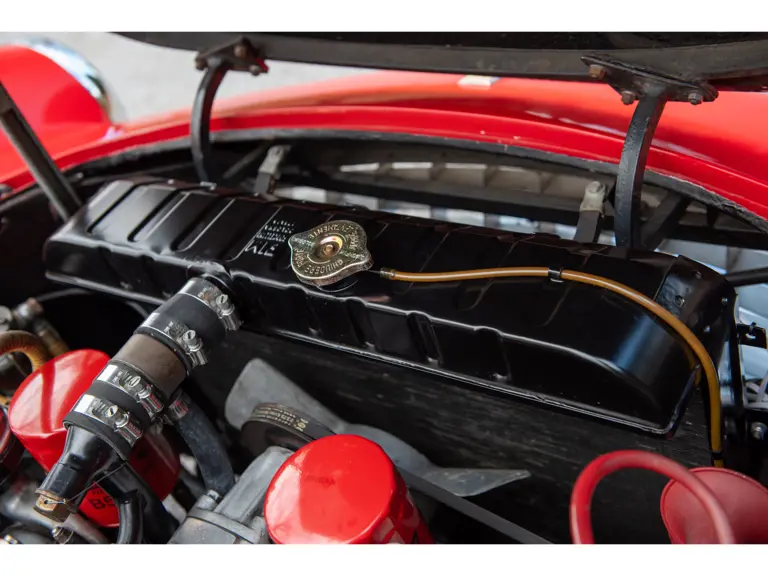
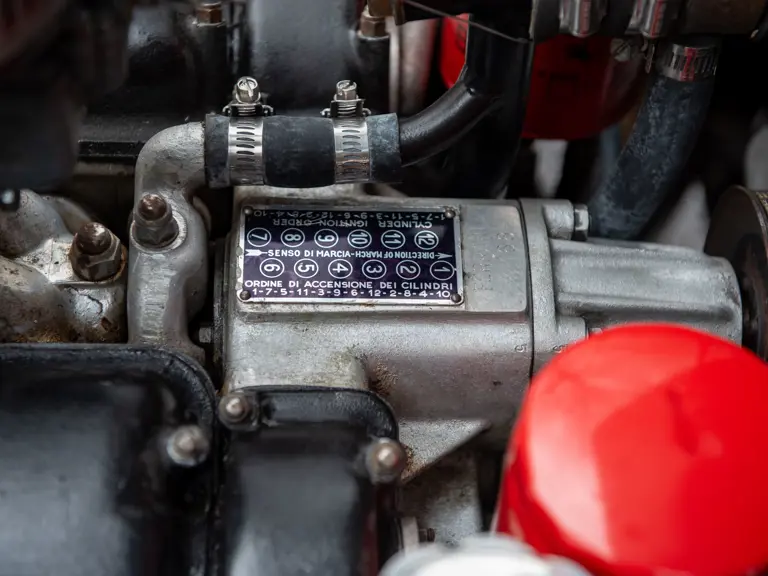
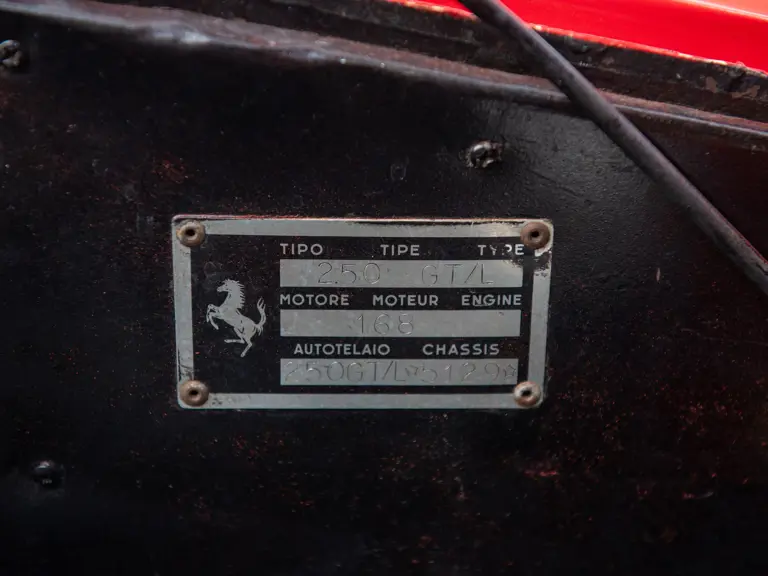
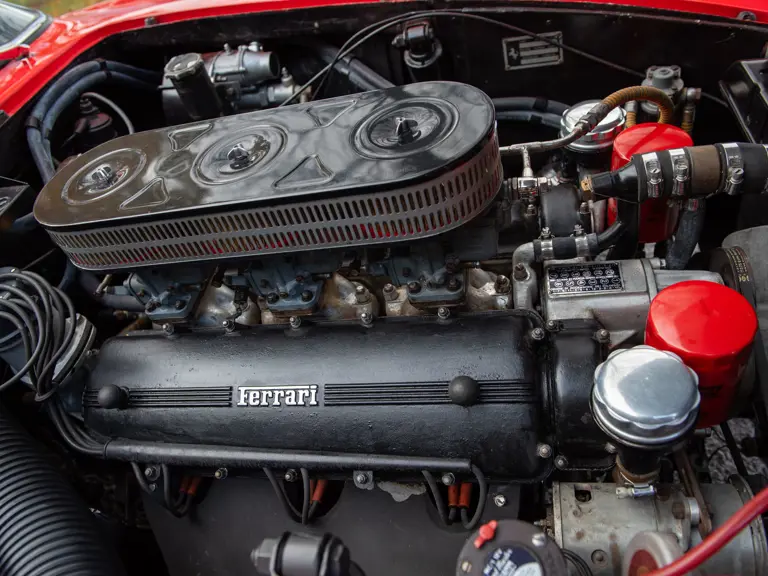
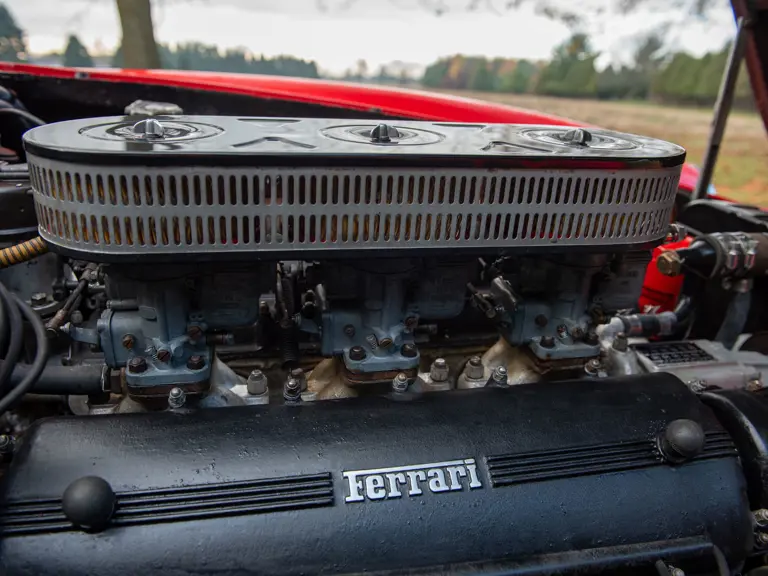
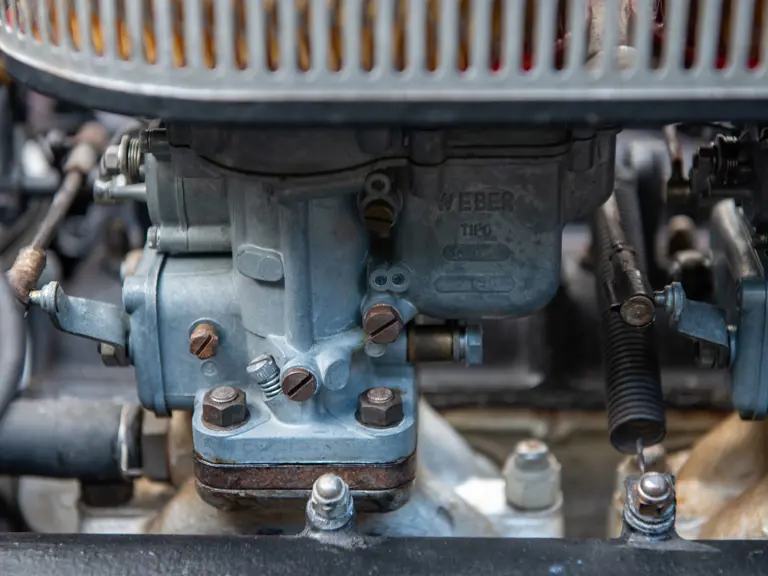


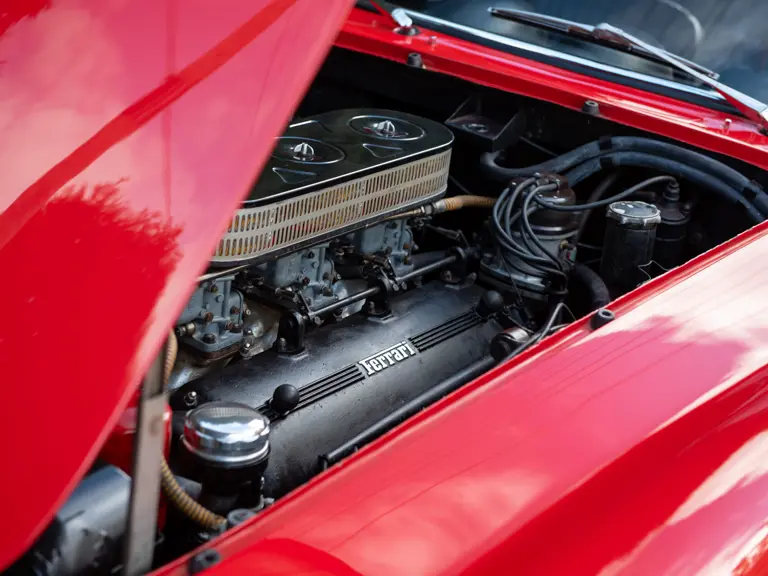
 | Phoenix, Arizona
| Phoenix, Arizona
